Life for the Cortina started on 20 September 1962, when Ford UK’s top brass in Dagenham launched a family-size car aimed at sweeping up buyers of Morris Oxfords and Vauxhall Victors.
Originally intended to be called the Ford Consul 325 but later changed to Cortina after inspiration from the Italian ski resort Cortina d’Ampezzo, Ford’s aim was for the model to be an inexpensive car to run in Britain.
The Mk1 Ford Cortina was initially available with an 1198cc three-bearing crankshaft, its origins taken from the Ford Anglia’s 997cc engine. Four months later and Ford decided to up the ante when the Cortina Super arrived with a 60bhp five-bearing 1498cc engine, while the Cortina GT appeared in Spring 1963 with a 78bhp tuned version of the 1498cc lump and lowered suspension.
The idea for the Lotus Cortina started brewing as early as 1961. Colin Chapman yearned for his own Lotus engines and so commissioned Autocar’s very own technical editor at the time, Harry Mundy (who also designed the Coventry Climax engine), to design a twin-cam version of the Ford Kent unit.
While the engine was being developed, in 1962 Ford’s Walter Hayes asked Chapman if he would fit the engine to 1000 of the Blue Oval’s saloons for Group 2 homologation. Chapman agreed and the Lotus Cortina was showcased to the press in Monte Carlo on 21 January 1963.
Ford supplied the two-door Cortina bodyshells while Lotus built the cars. Power was supplied by a 1557cc twin-cam engine producing a heady 105bhp and was mated to the close-ratio gearbox from the Lotus Elan. Production ceased in 1966 after just 3306 examples rolled off the production line.
The Mk2 Cortina arrived in October 1966 accompanied by the slogan 'New Cortina is more Cortina' – the car being 6.4cm wider than its predecessor. Initially launched with the same engine range as the Mk1, in 1968 the Mk2 received the technically superior and more efficient 'Kent' Crossflow engines in 1298cc and 1598cc form.
Two-door and four-door saloon versions were again offered in base, Deluxe, Super and GT trims and a few months after the introduction of the saloon versions, an estate was launched – at the time the class-leader for loading capacity.
At the Paris Motor Show in October 1967, Ford pulled the wraps off the brute Cortina 1600E. Featuring the GT 1600 Kent engine along with the Lotus Cortina’s lowered suspension, luxury walnut trim and sports steering wheel, the car soon gained an iconic status and is still highly sought after to this day.
In the aftermath of the Mk1 Lotus Cortina, with the public linking its competition successes with Lotus and its shortcomings with the Blue Oval badge, Ford set about regaining control of their range-topping performance car. It was decided to develop the Mk2 Lotus Cortina in-house at Boreham (Ford’s competition department) and build it at Dagenham alongside Mk2 Cortina GTs, in order to make the Mk2 Lotus Cortina more cost effective.
The Mk2 Lotus Cortina was launched in March 1967 – six months after the rest of the Mk2 range. Power was now up to 109bhp from a sprightly 1557cc twin-cam straight four engine almost identical to that used in the Escort Twin Cam in 1968, which helped propel the Mk2 Lotus Cortina from 0-60mph in 11.0 sec.
Ford's new Cortina was slightly more popular than the Mk1 despite internal competition coming from the 1600E and Escort Twin Cam, as well as external competition. However, it was the Escort Twin Cam that proved to be the downturn of the Mk2 Cortina, as even though it was produced until 1970, interest began to wane as the Escort’s popularity grew, particularly in motorsport where the Escort began to assert its dominance.
The Mk3 Cortina had its debut in 1970. It was a radical departure from the ‘square-box’ lines of its ancestors and heavily inspired by the contemporary ‘Coke bottle’ design language at the time. The first joint-venture of Ford of Europe after the merging of the Blue Oval’s UK and German divisions, the car marked the blending of German Taunus and British Cortina platforms.
Five trim levels were available with a 1.3-litre, 1.6-litre and new 2.0-litre overhead-cam engines offered. The familiar MacPherson strut front suspension was replaced with a more conventional double wishbone arrangement and coil springs replacing leaf springs at the rear. A flagship replacement for the Mk3 1600E arrived in 1973 with the launch of the 2000E – reverting back to the classy interior offered by the 1600E and ditching the faux wood-grain trim offered by the GXL.
In 1976 the Mk4 Cortina was unveiled, boasting a more conventional design than its predecessor to supposedly win favour with fleet buyers. This series spawned the first range-topping Ghia model, which replaced the 2000E.
The Ford Cologne 2.3-litre V6 engine also appeared in 1977. Despite being a smoother, more refined lump than the 2.0-litre Pinto unit, the Cologne V6 never sold particularly well in the UK, owing in part to being thirstier on fuel and more expensive to insure. A choice of base, L, GL, S and Ghia trims were available. When production ceased in 1979, the Mk4 Cortina was Britain’s best-selling car during its production run, but major rust problems combined with the car being a popular choice for banger racing mean the Mk4 has become one of the rarest Cortinas.
The following year, Ford treated the Cortina to a considerable nip and tuck, thus becoming the Mk5. To coincide with the moderate exterior facelift, the 2.3-litre V6 incorporated electronic ignition and a power hike from 108bhp to 116bhp.
The Crusader special edition was the final run-out model in 1982 and was also the best-specified Cortina to date. Thirty thousand Cortina Crusaders were sold, making it Ford’s best-selling special edition model at the time.
Although the last Cortina rolled off the production line in the summer of 1982, more than 11,000 models remained unsold until 1983 and the final six examples didn’t find homes until 1987. In spite of this, the Cortina has rightfully earned its place in the history books, securing its position as Britain's best-selling car from 1972 to 1981.
In total, almost 2.6 million Ford Cortinas were sold in Britain.
Aaron Smith


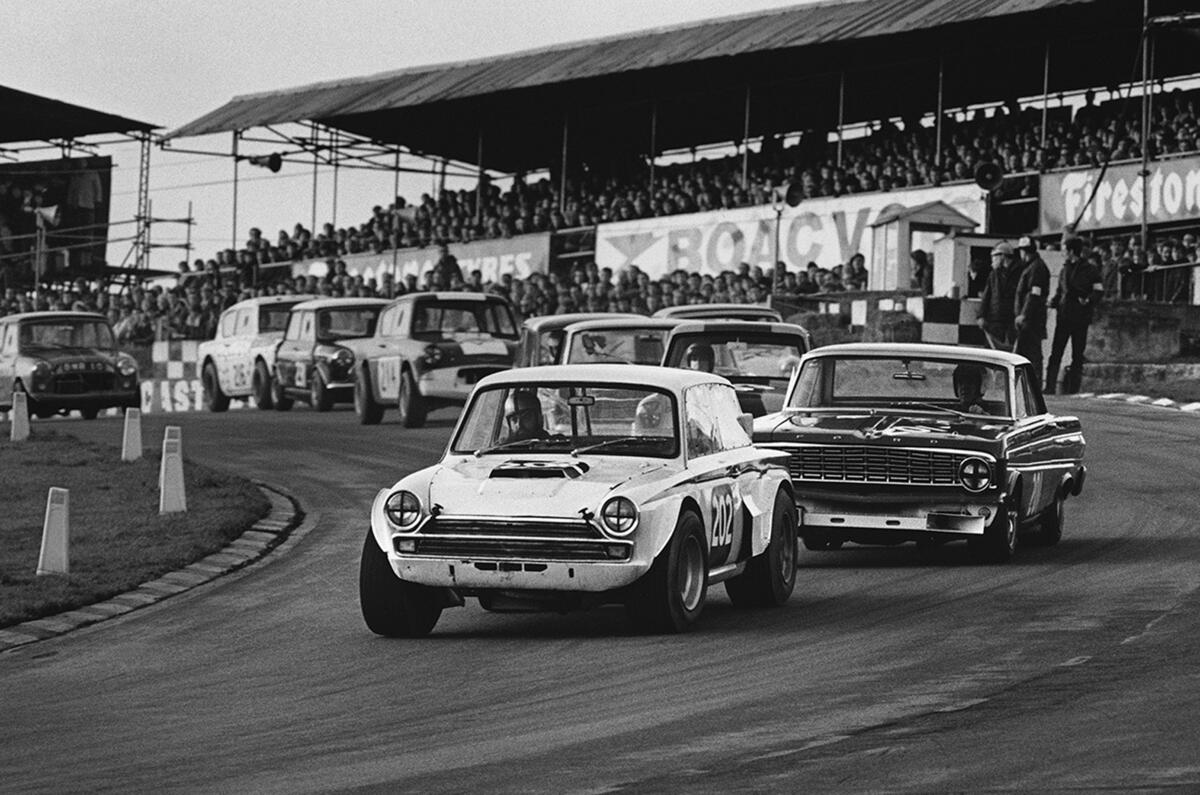
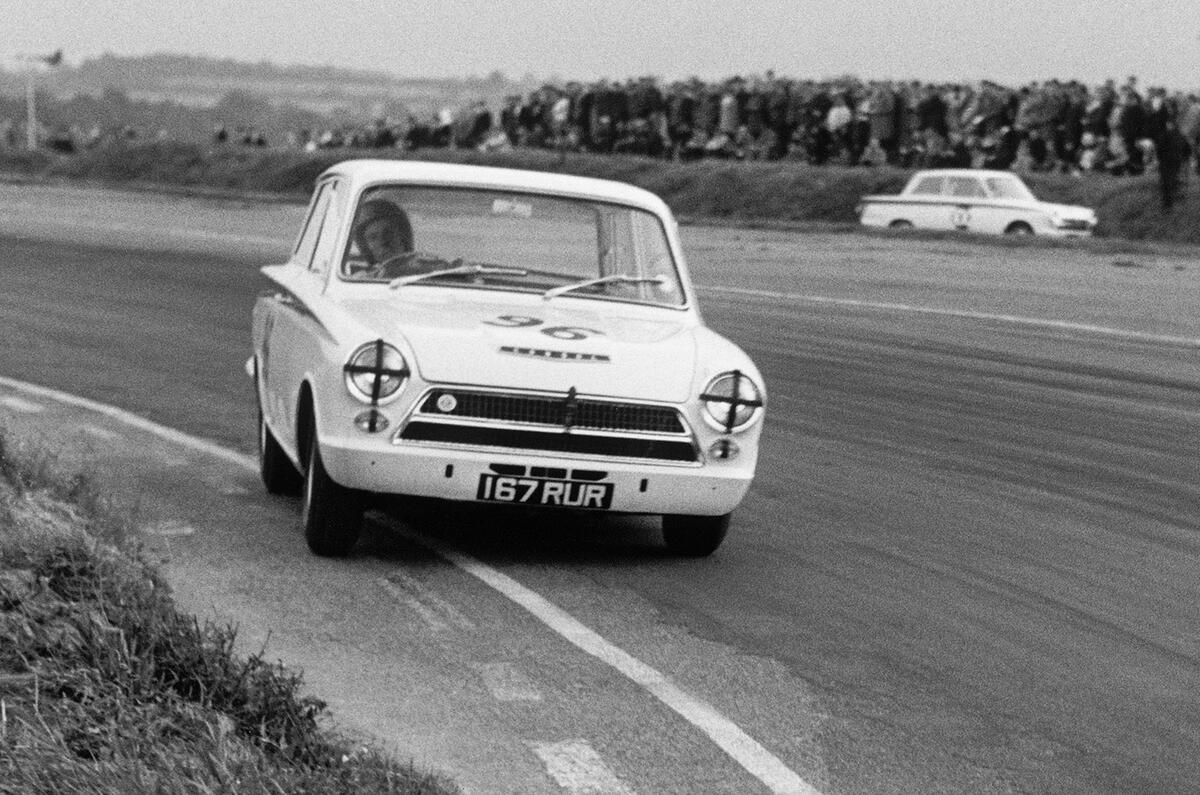
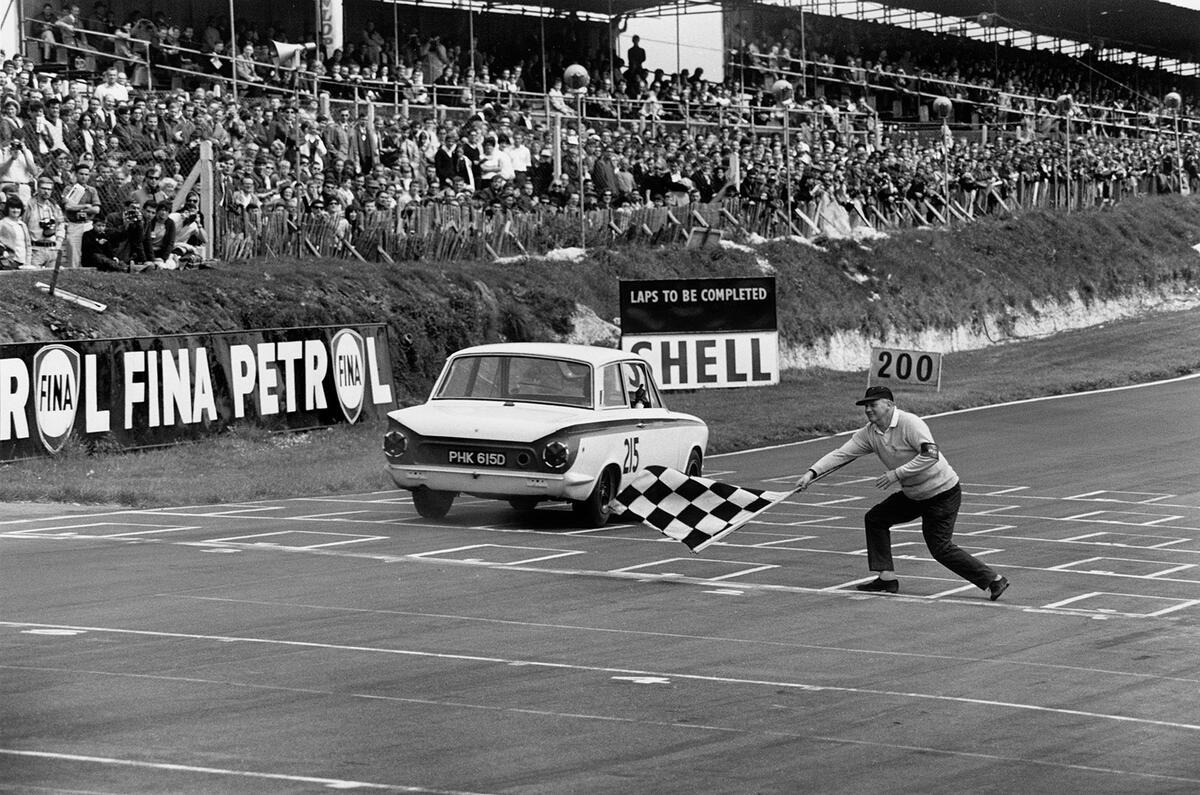

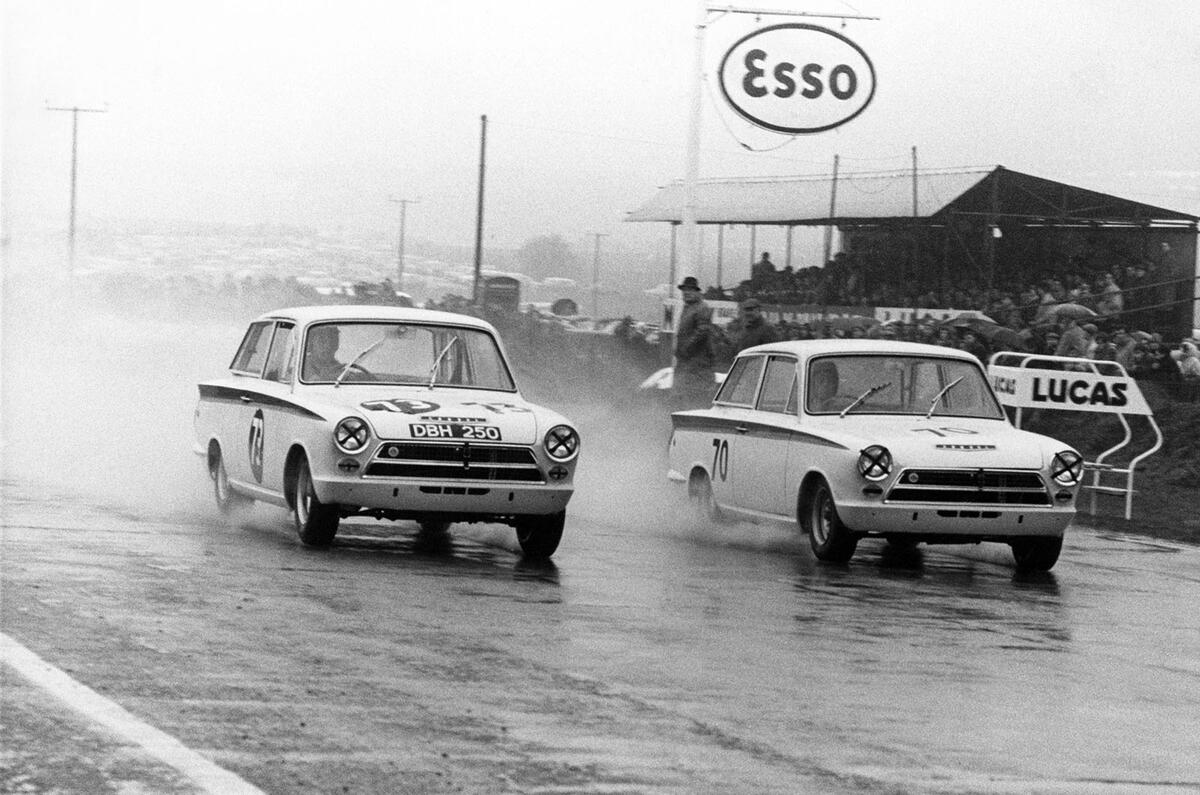
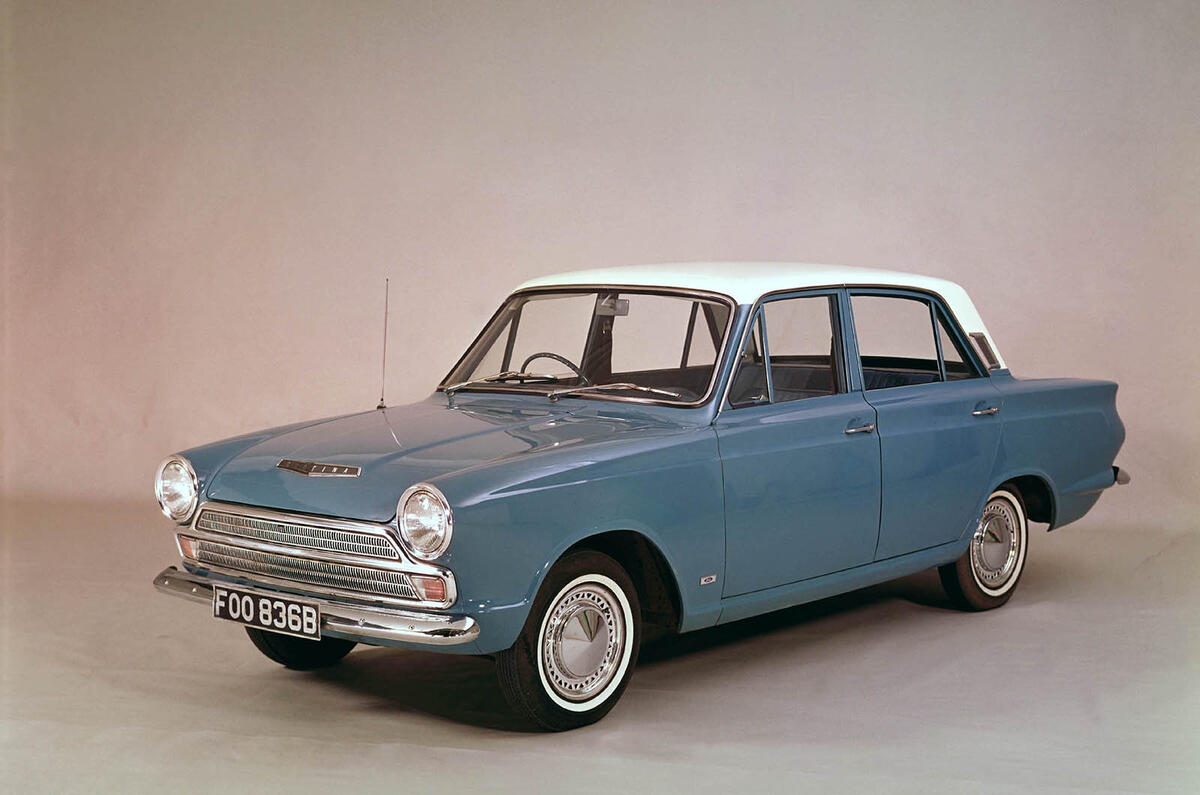

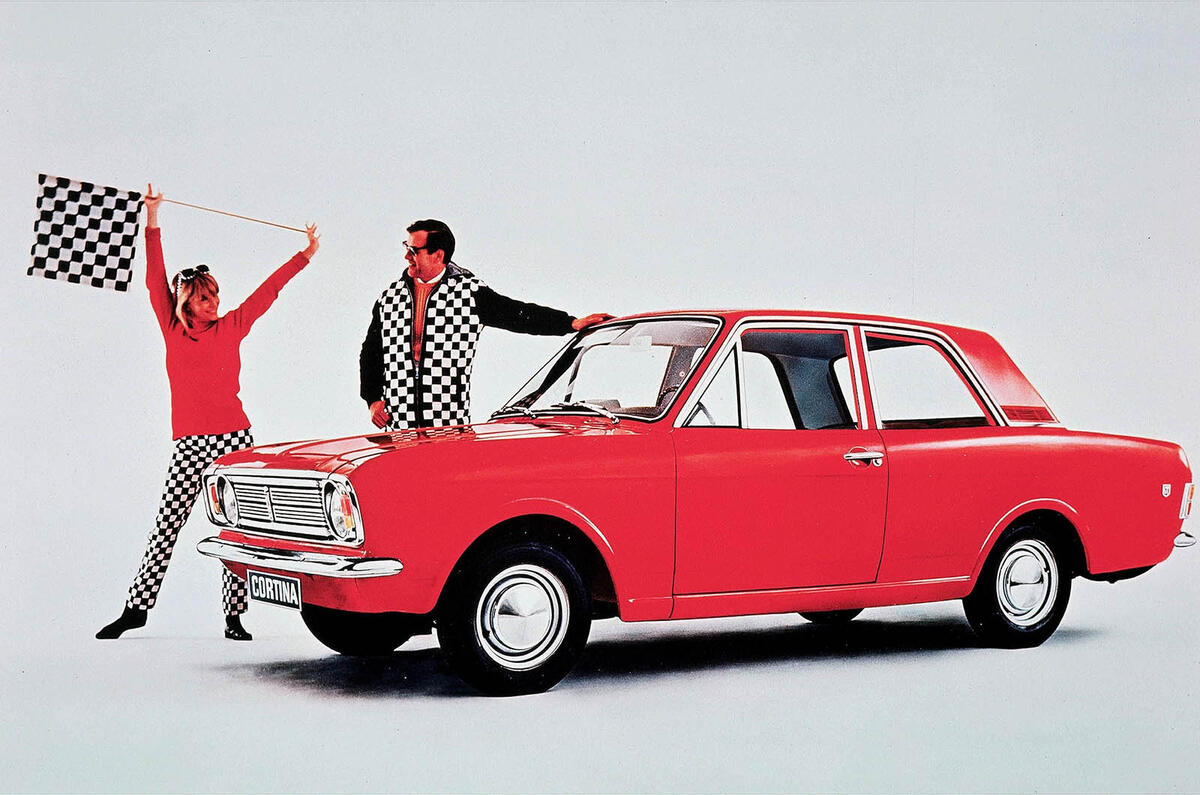
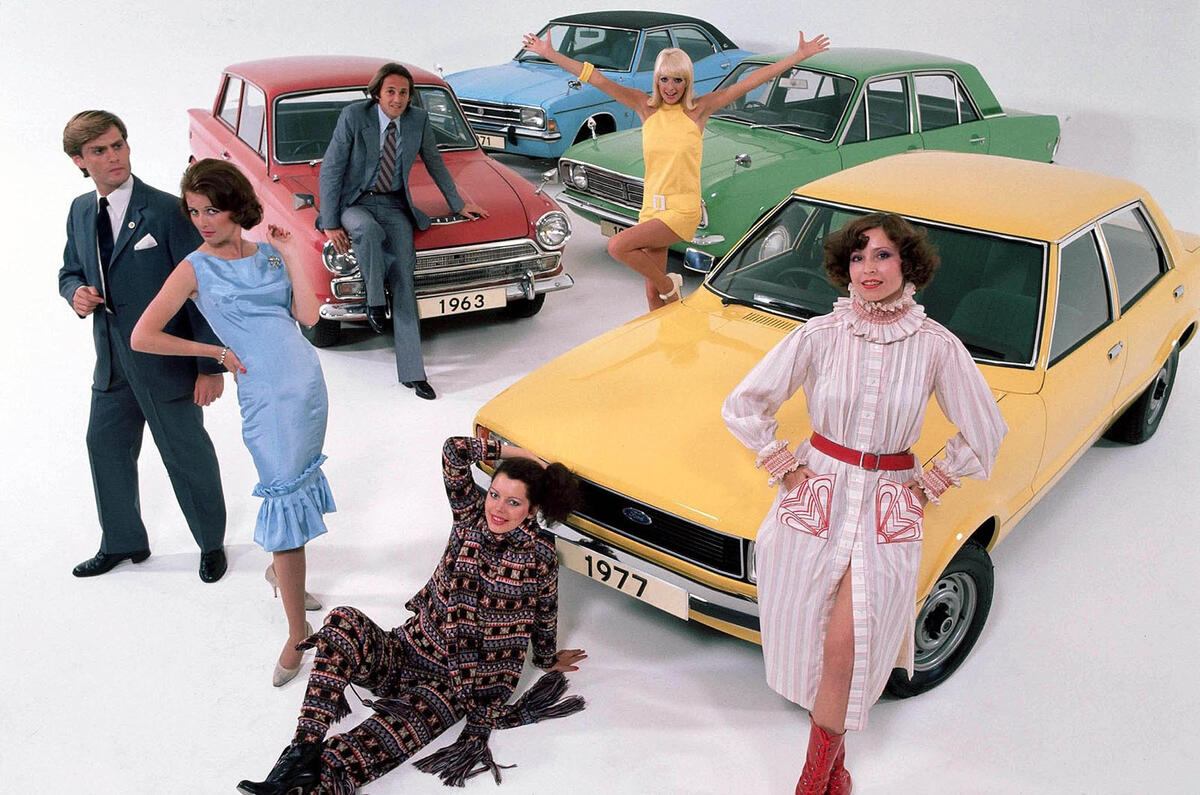

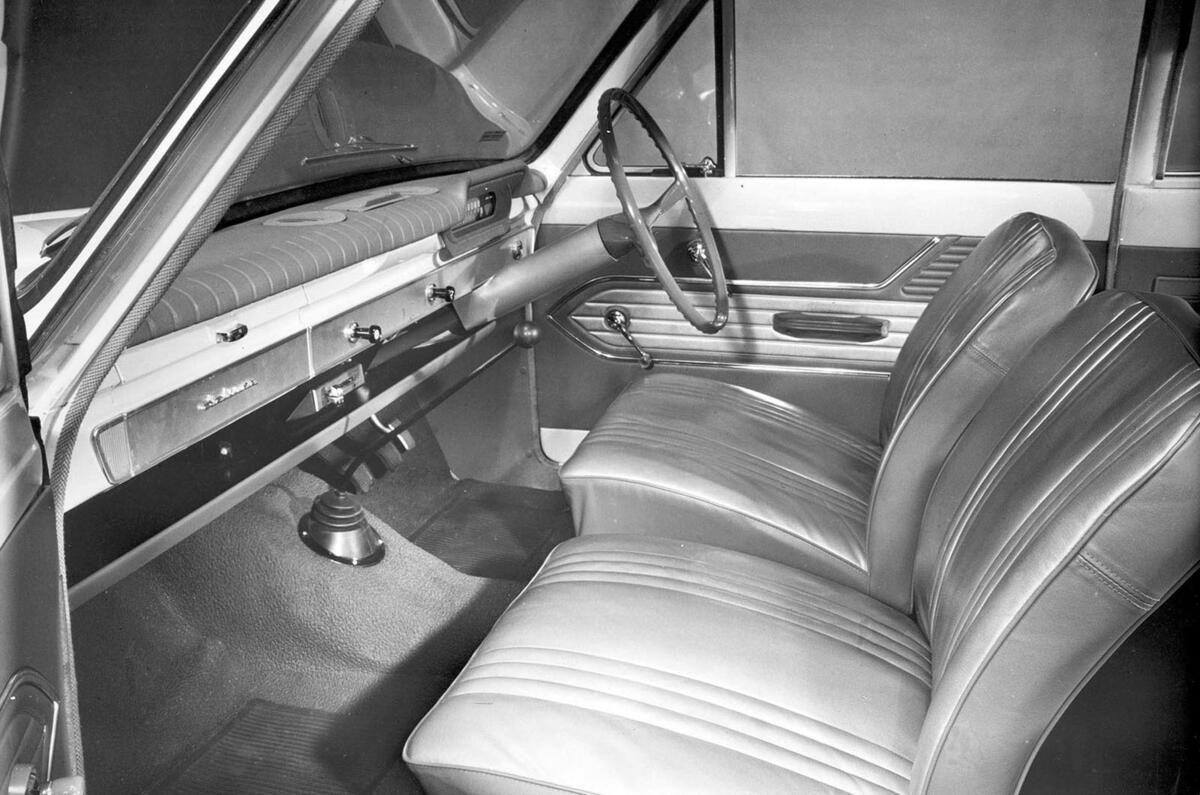
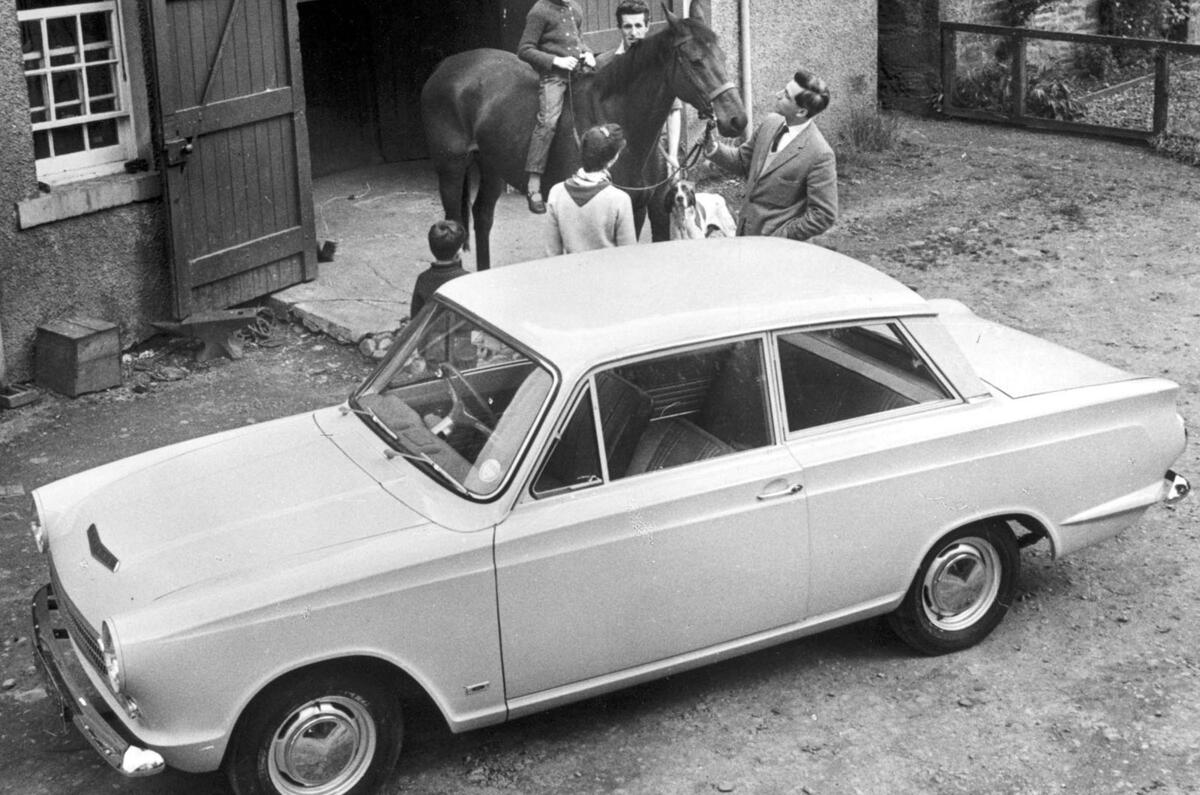
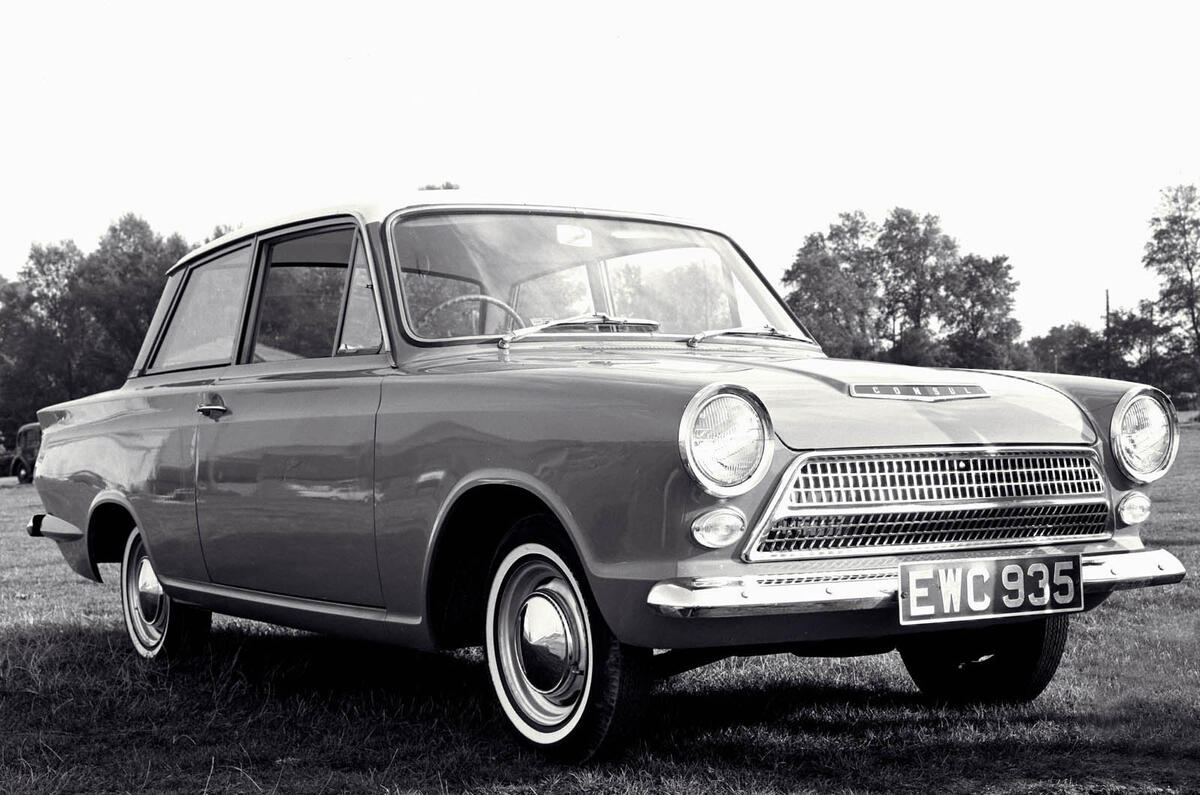
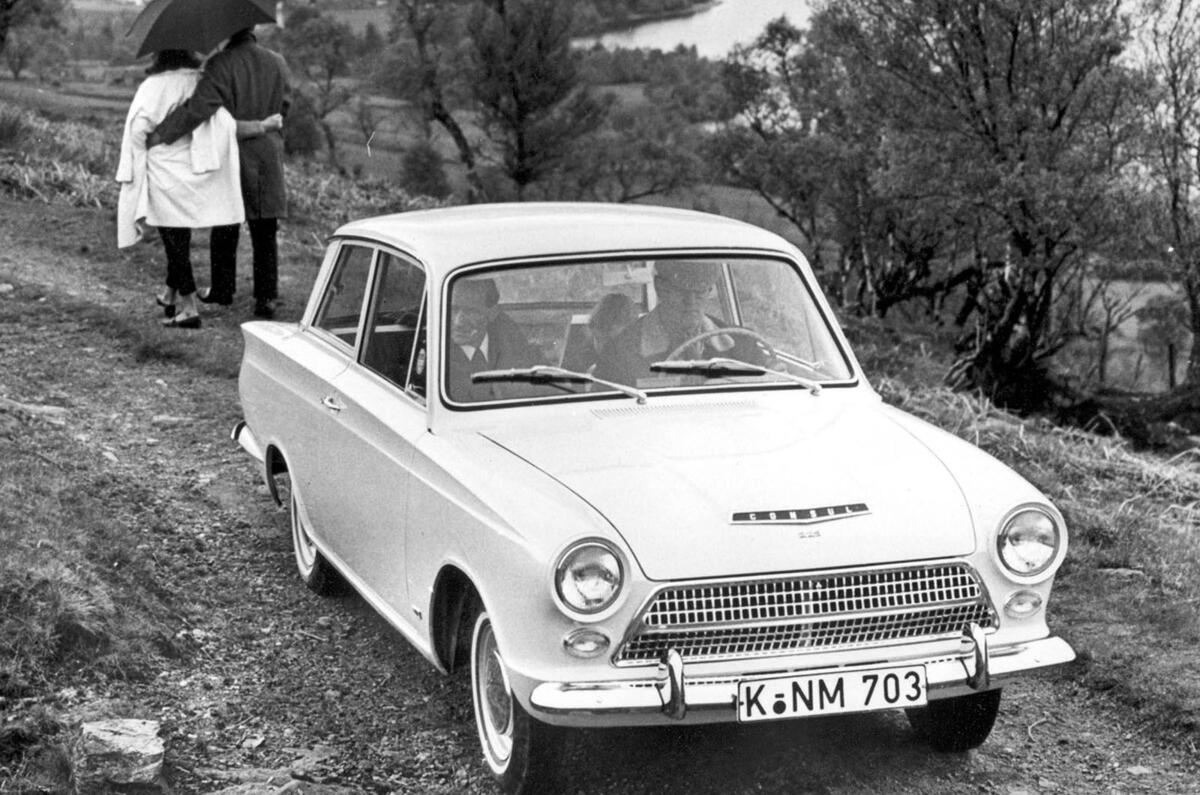

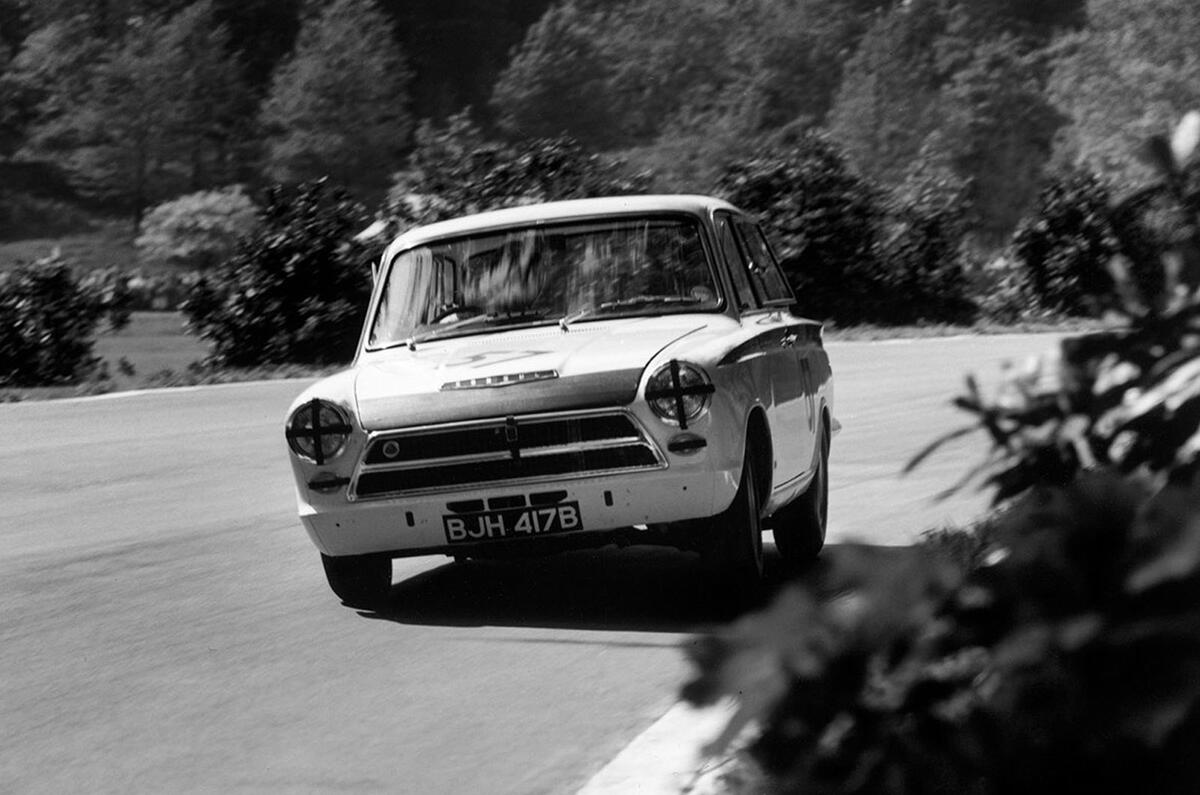
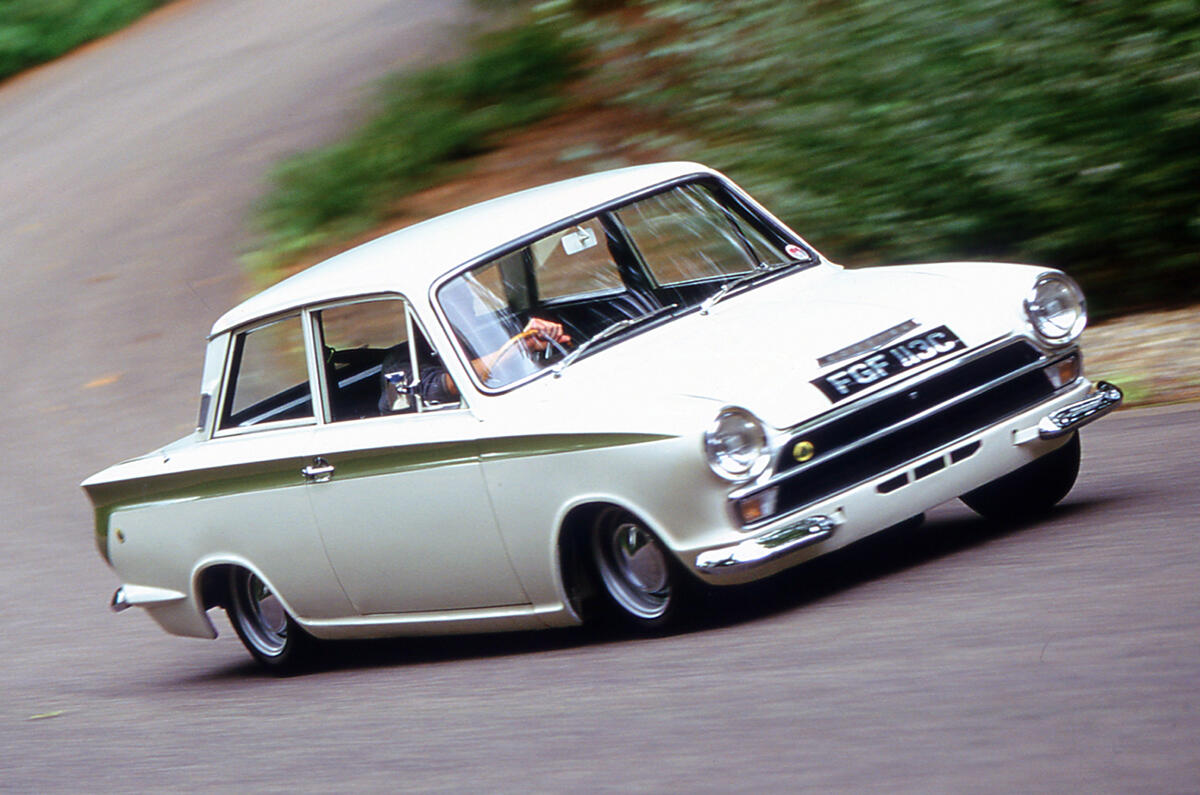
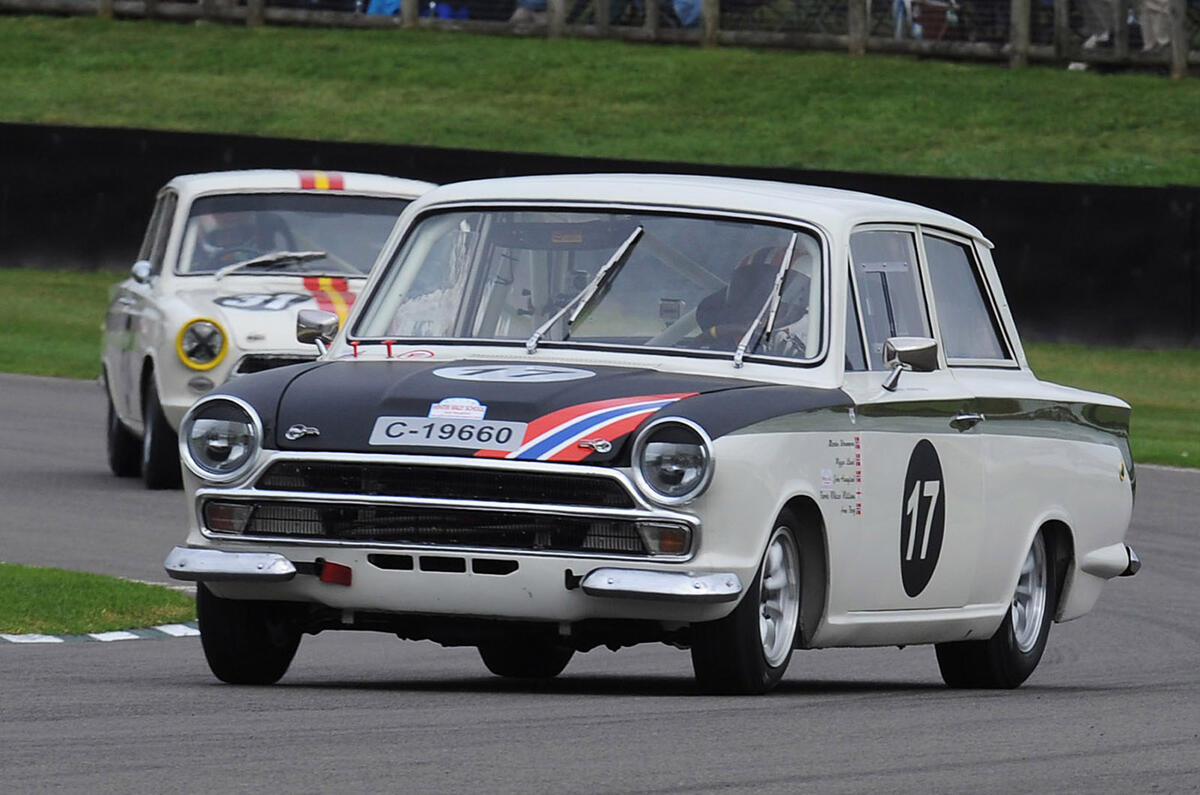
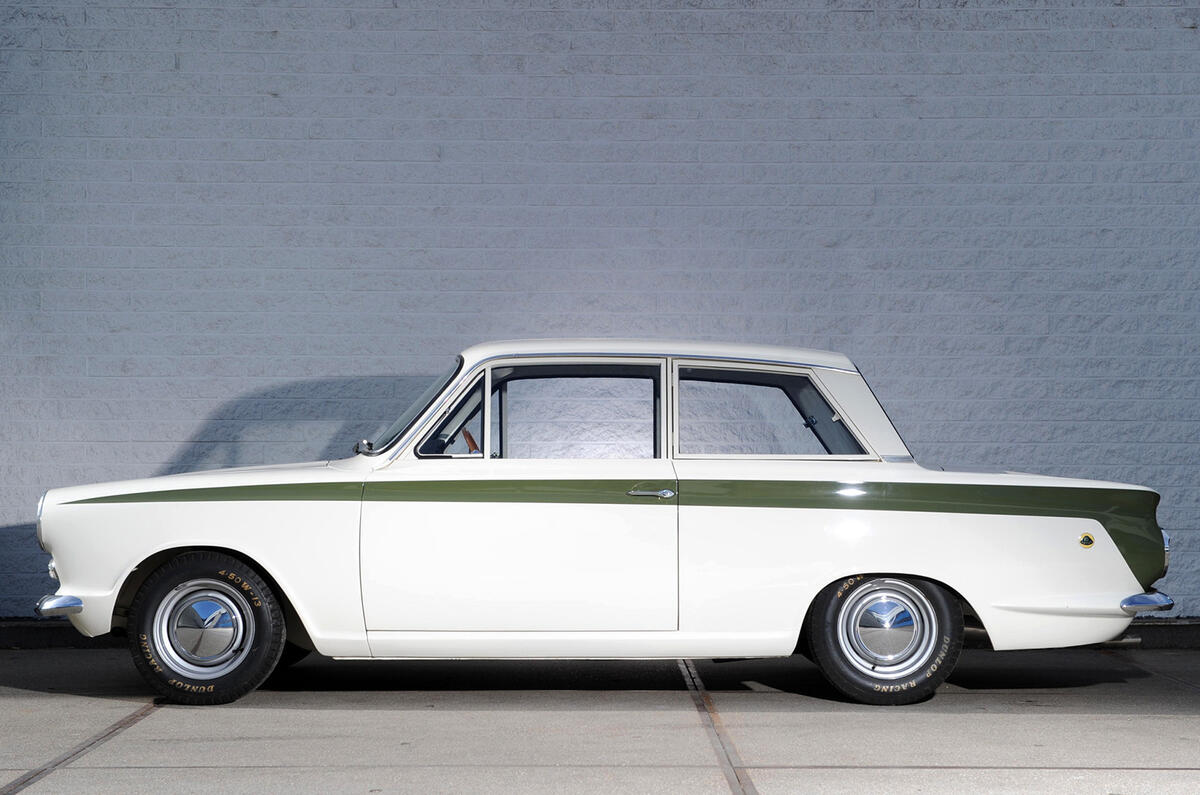
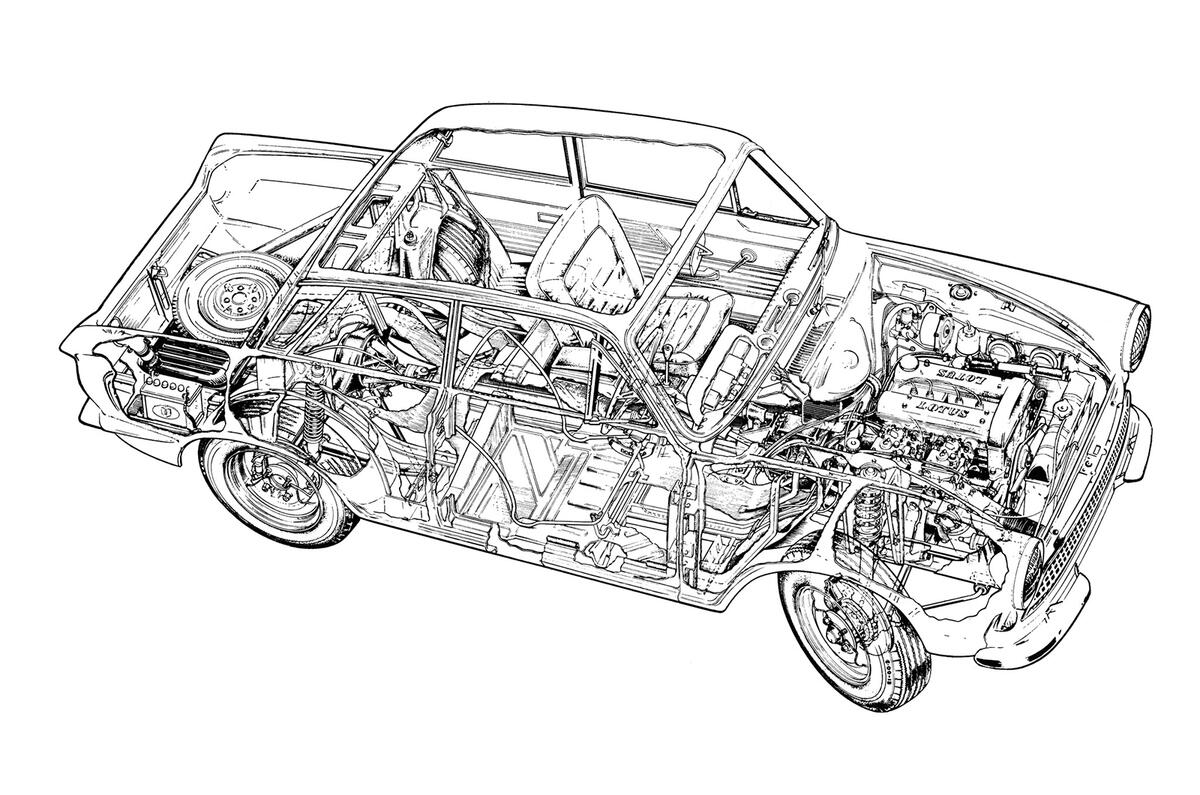
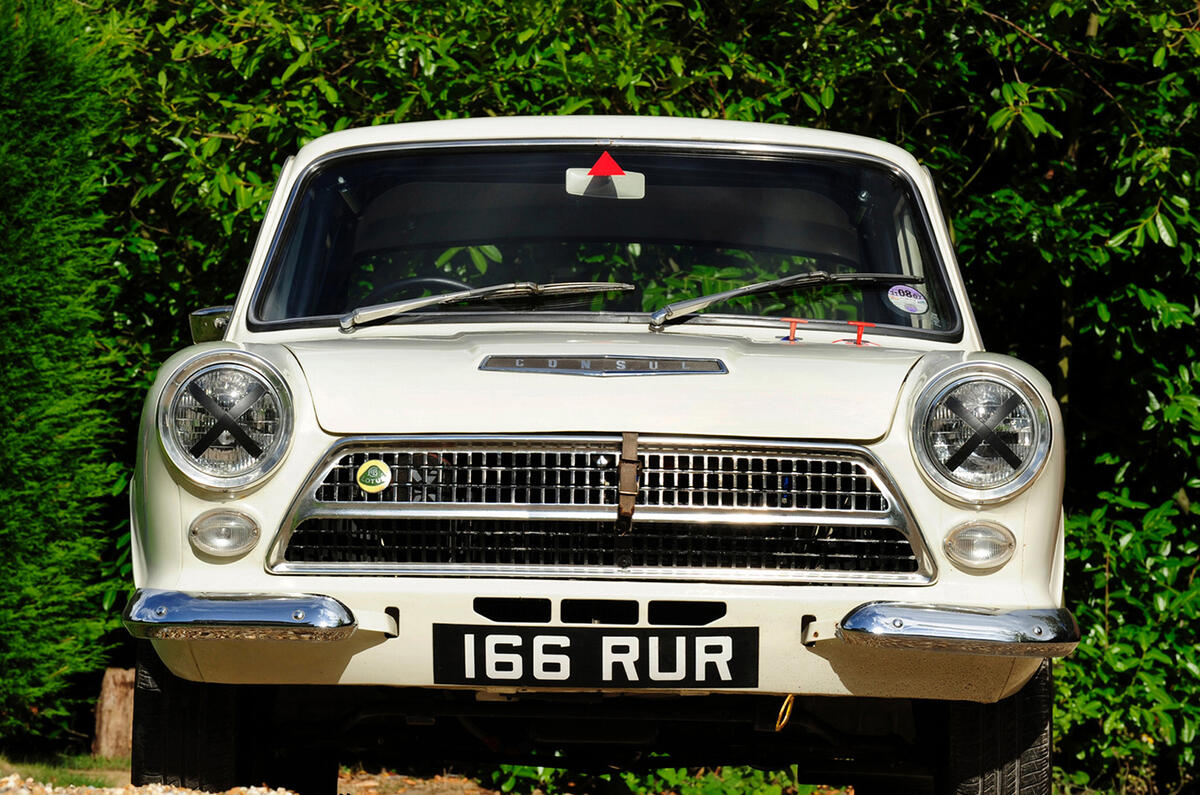
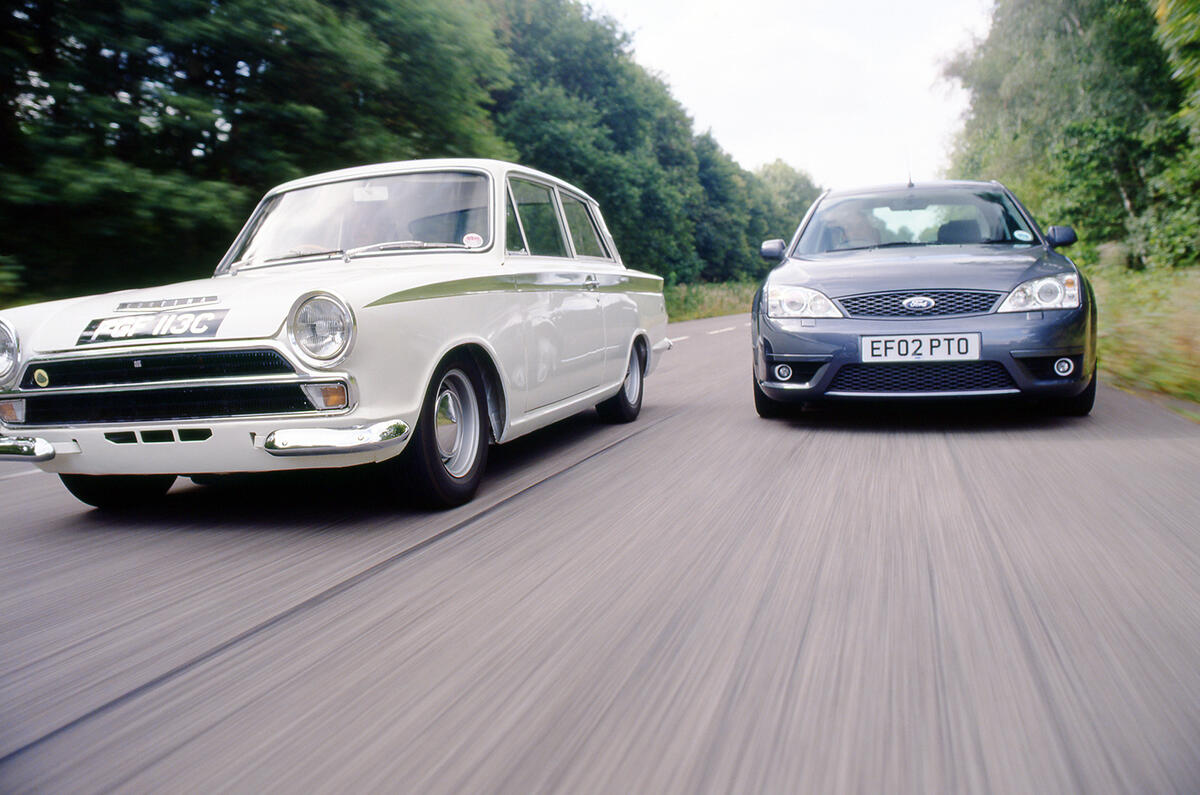
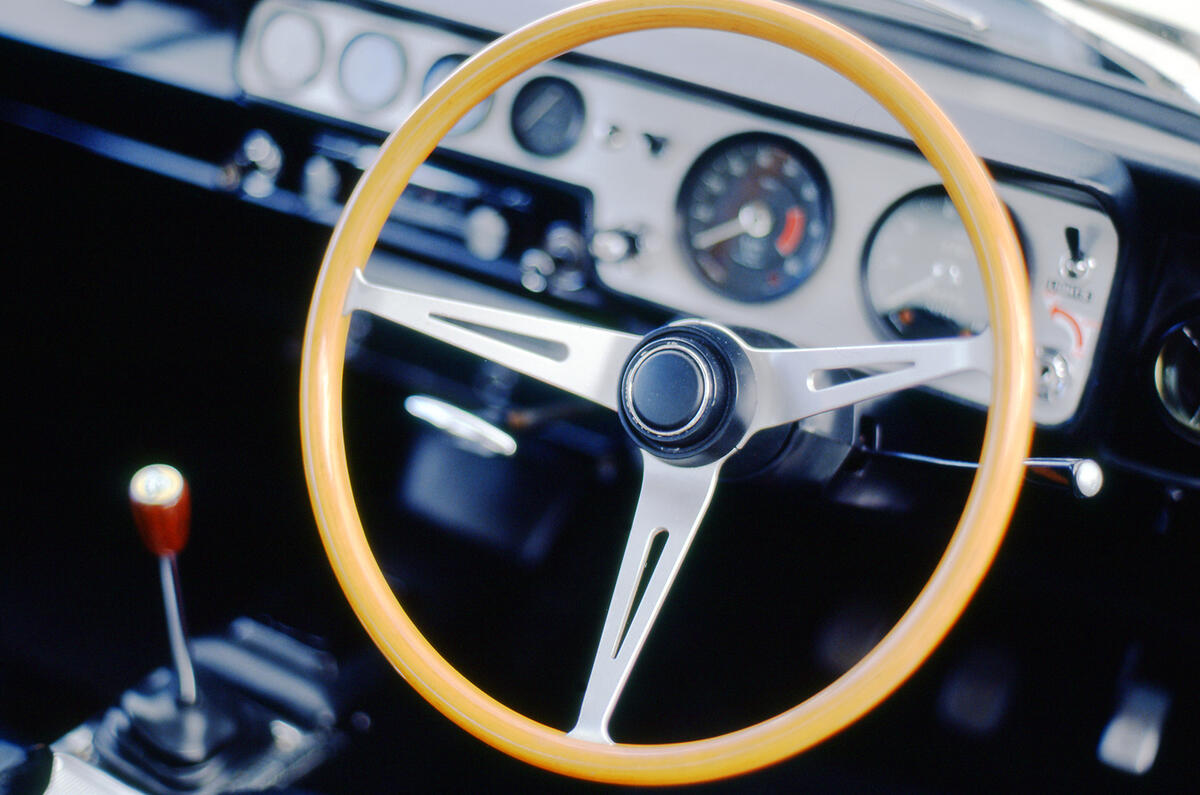
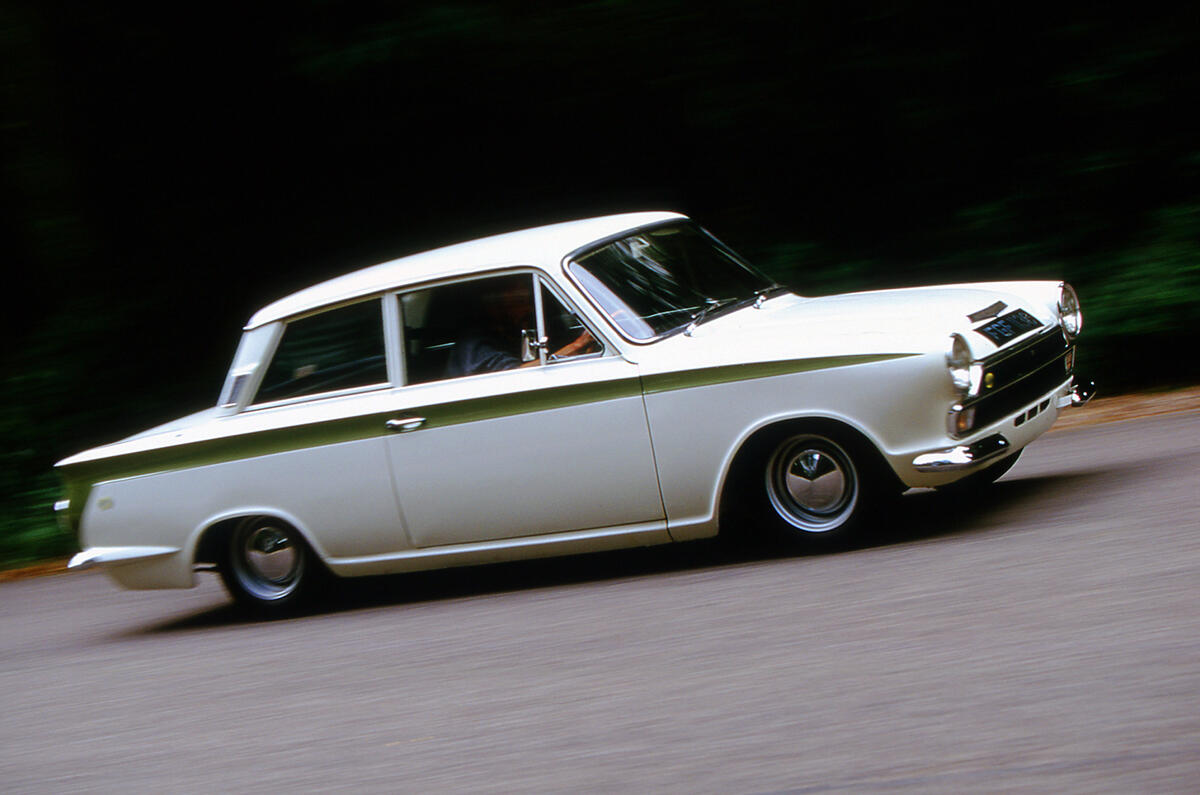
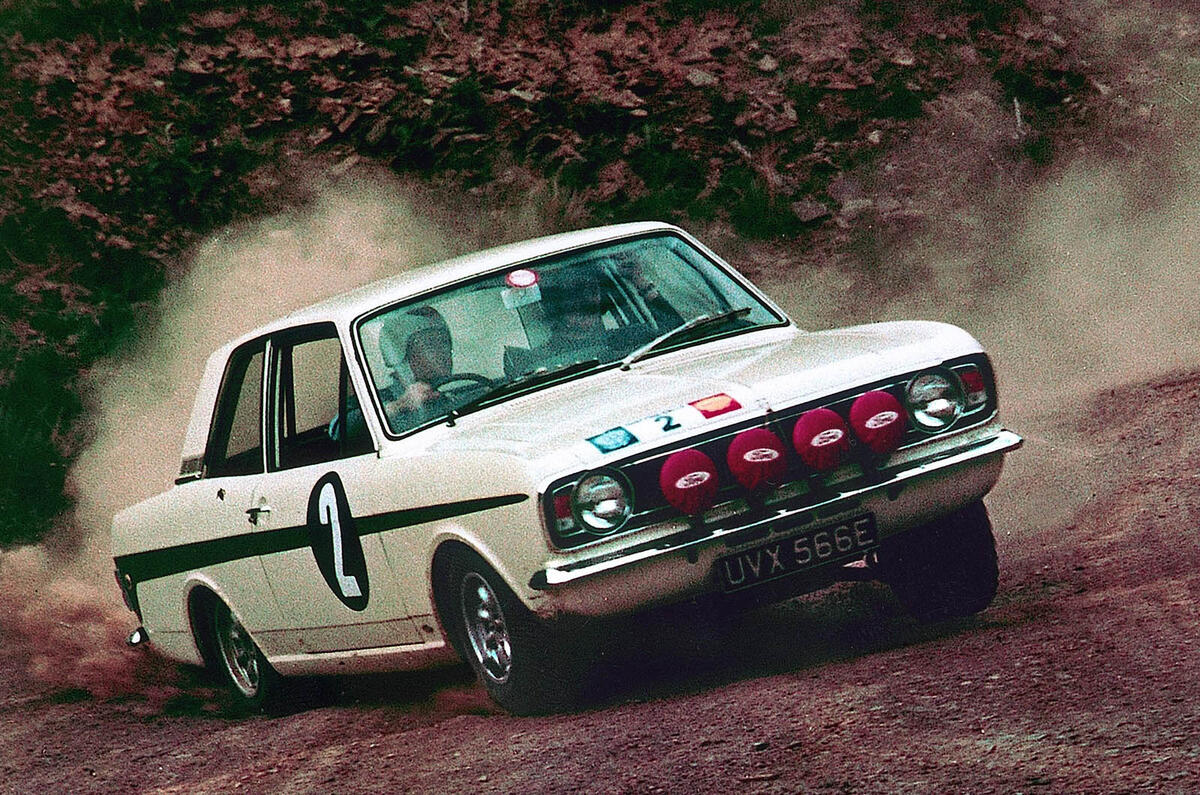
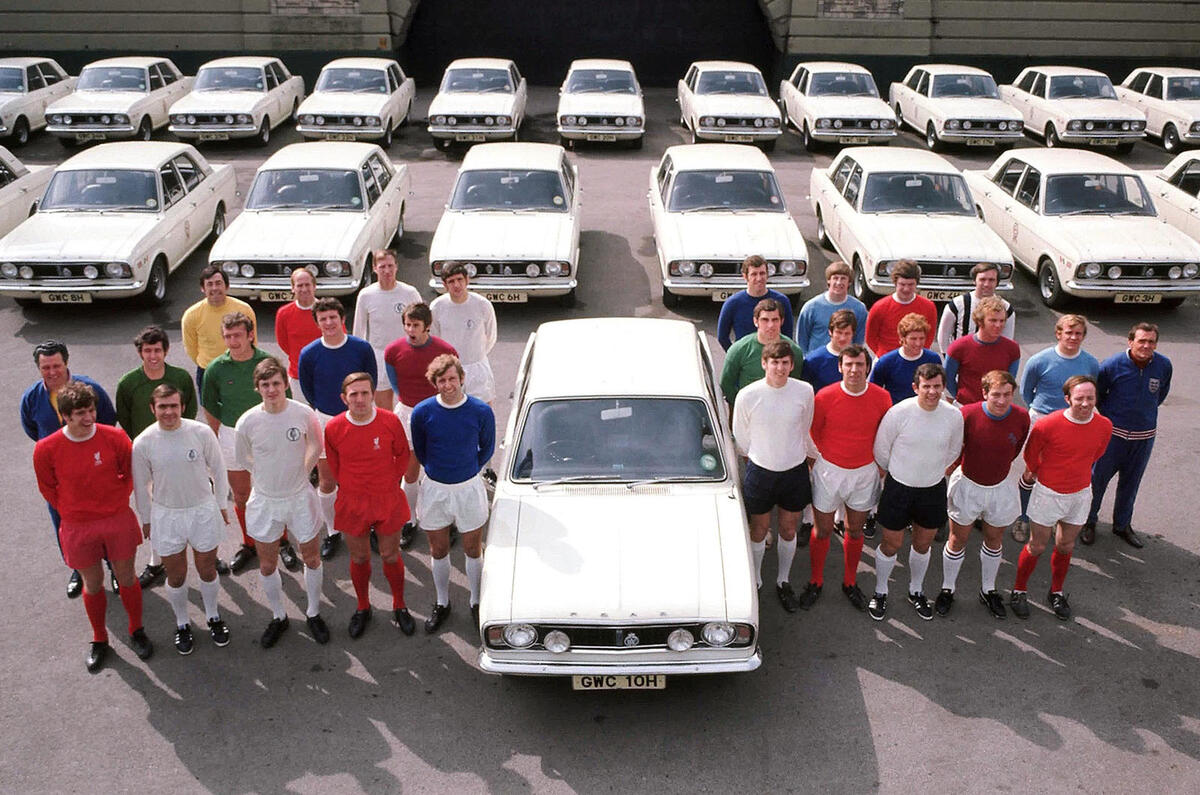
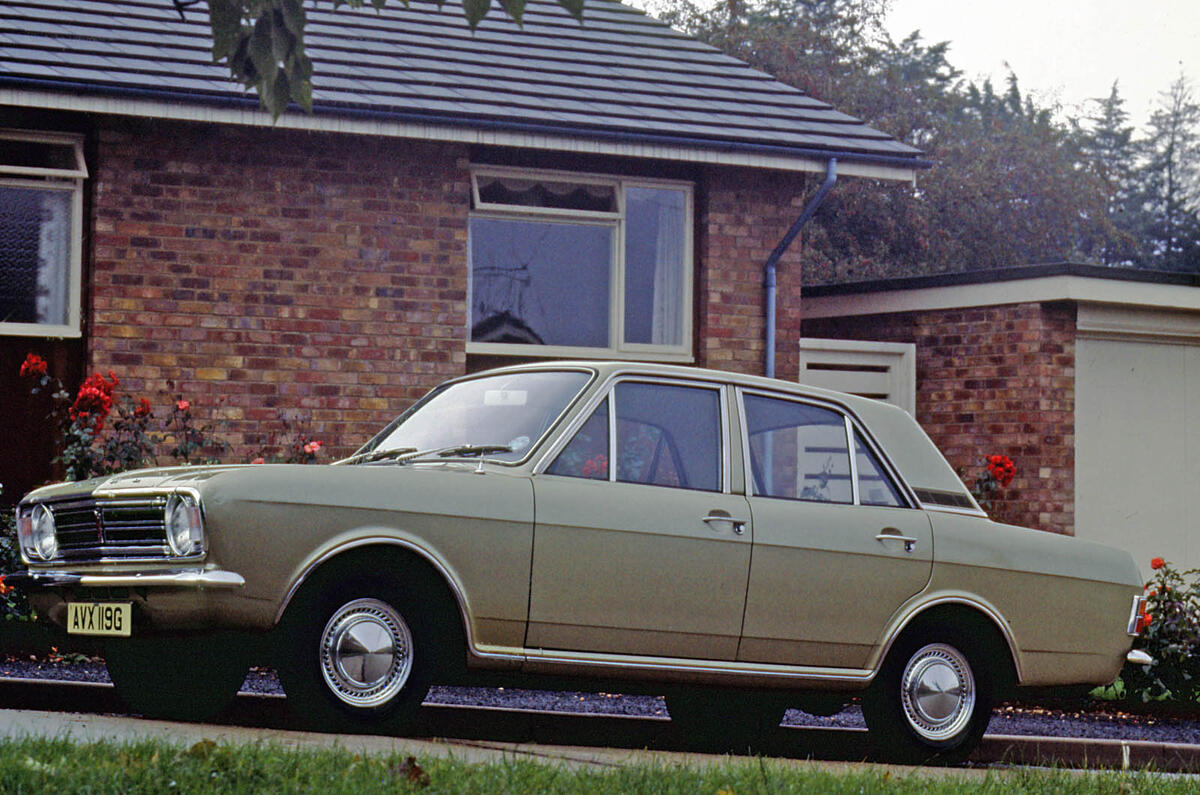
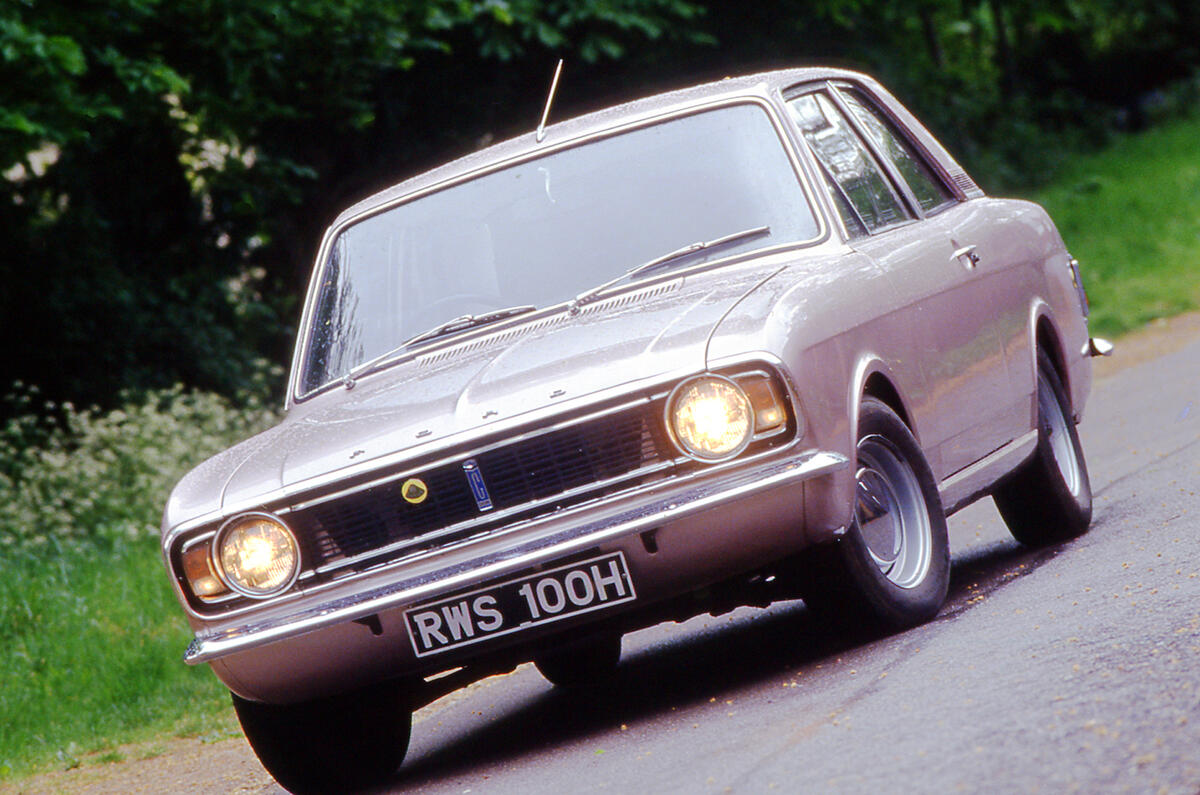
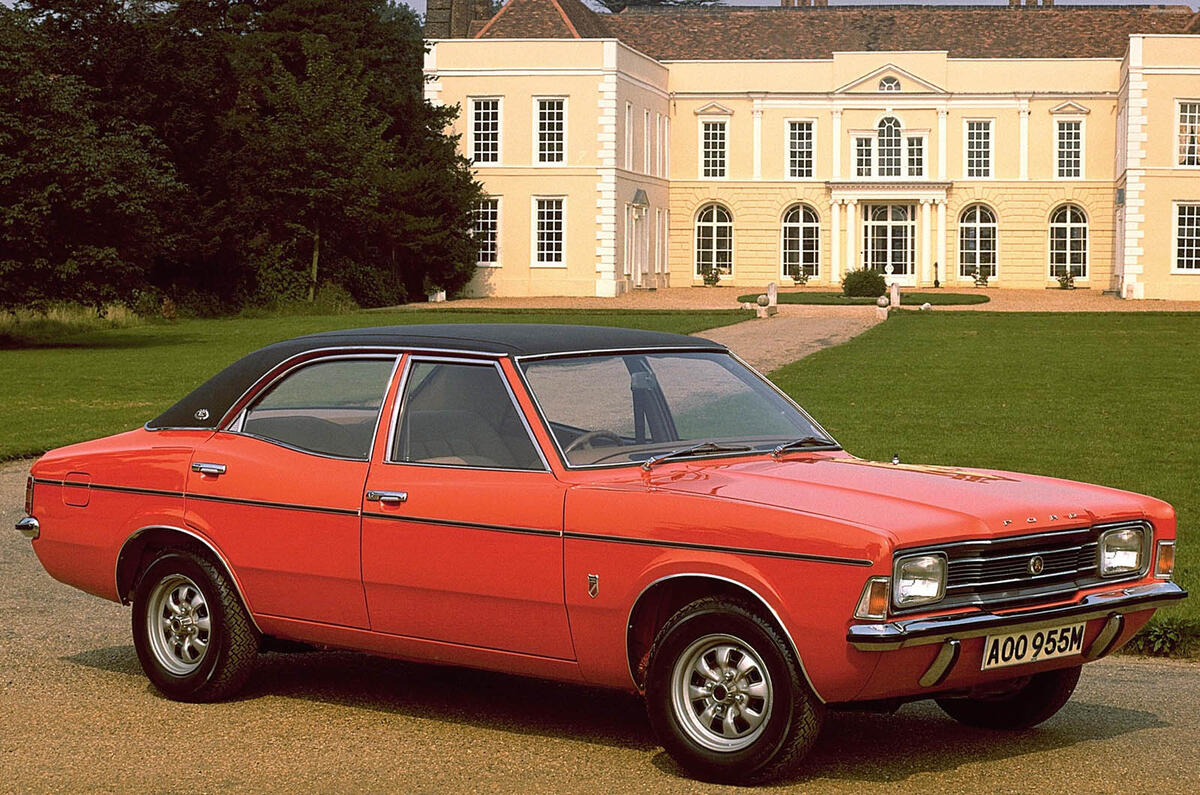
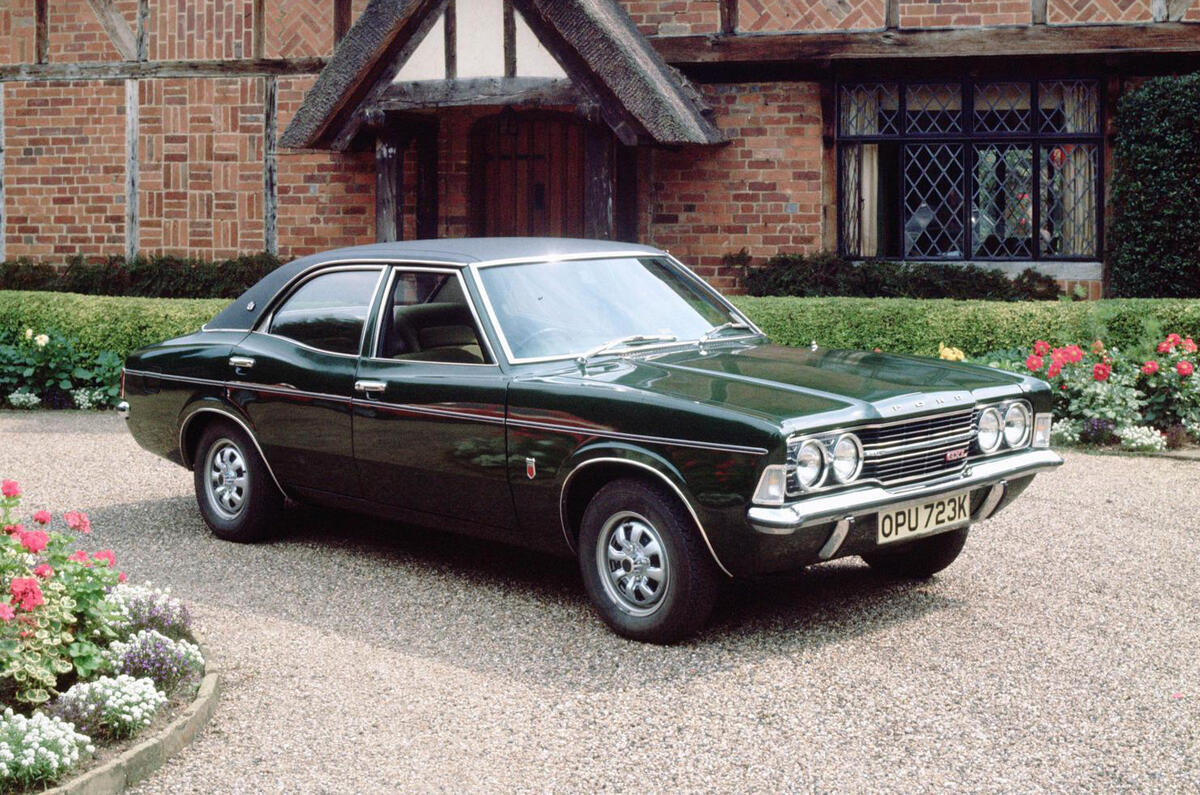
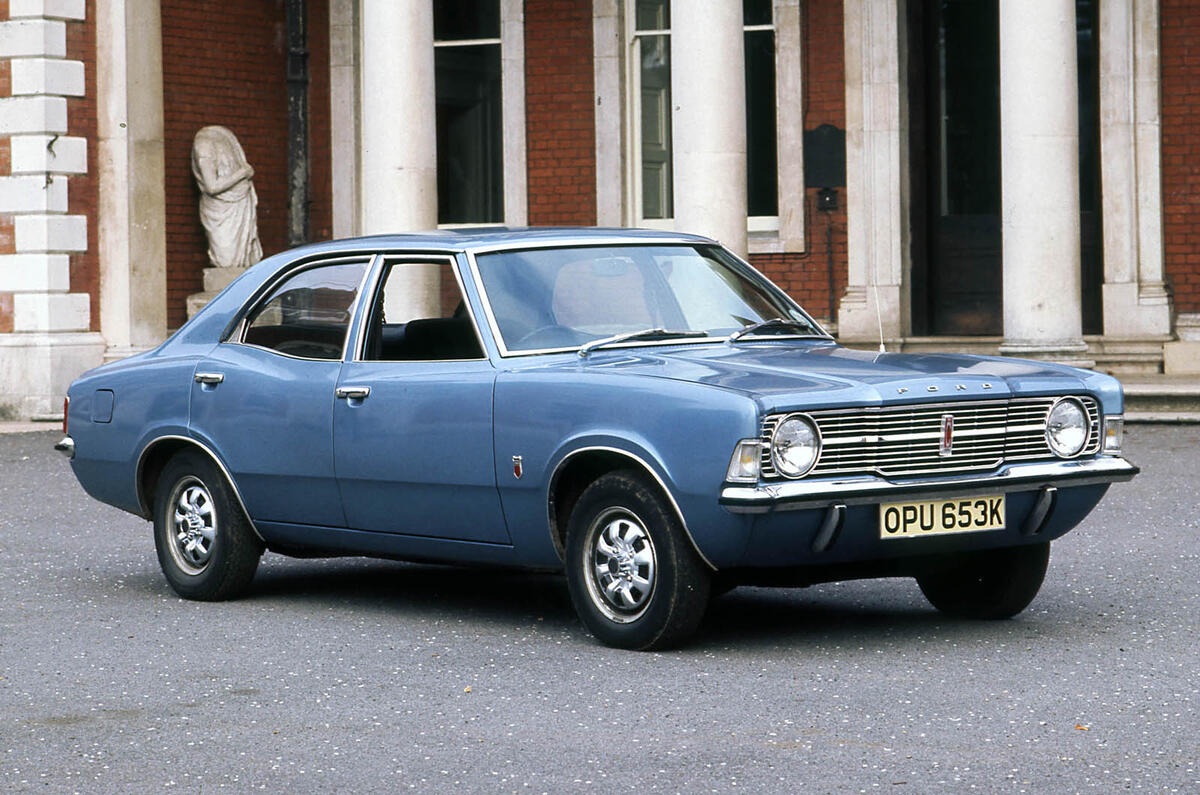
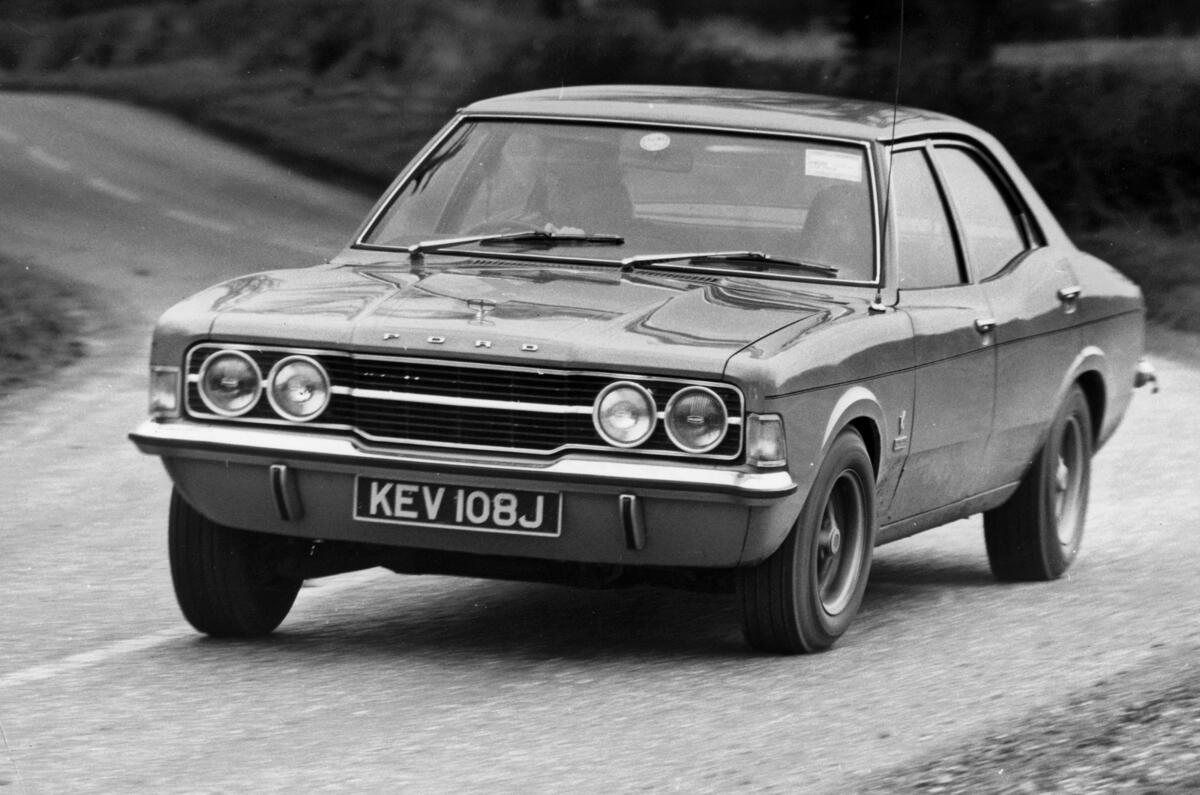
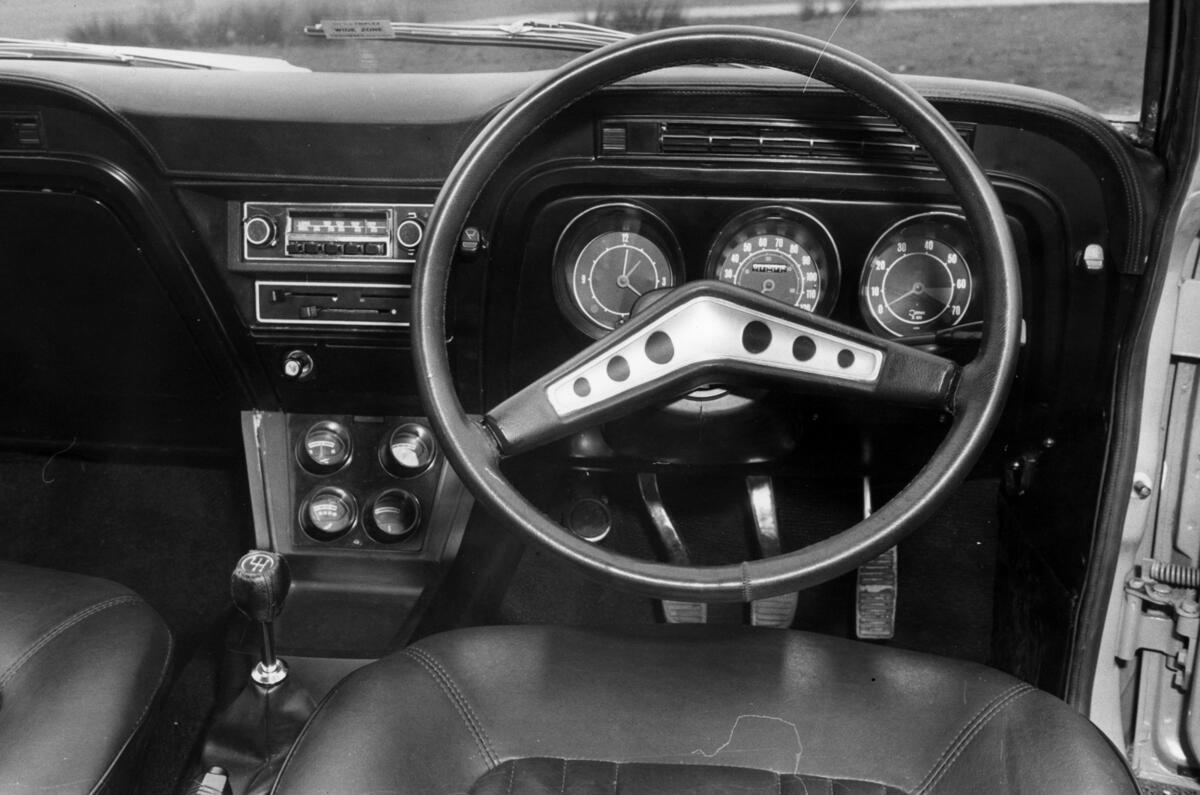
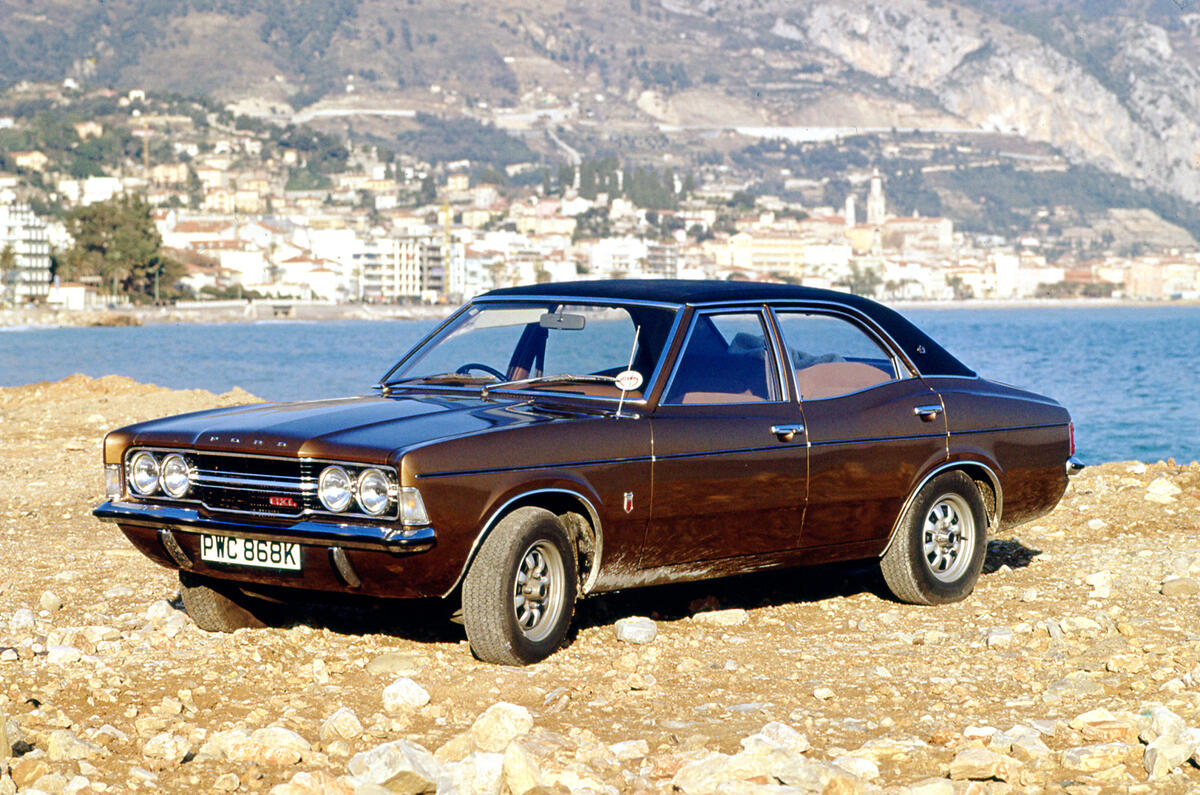
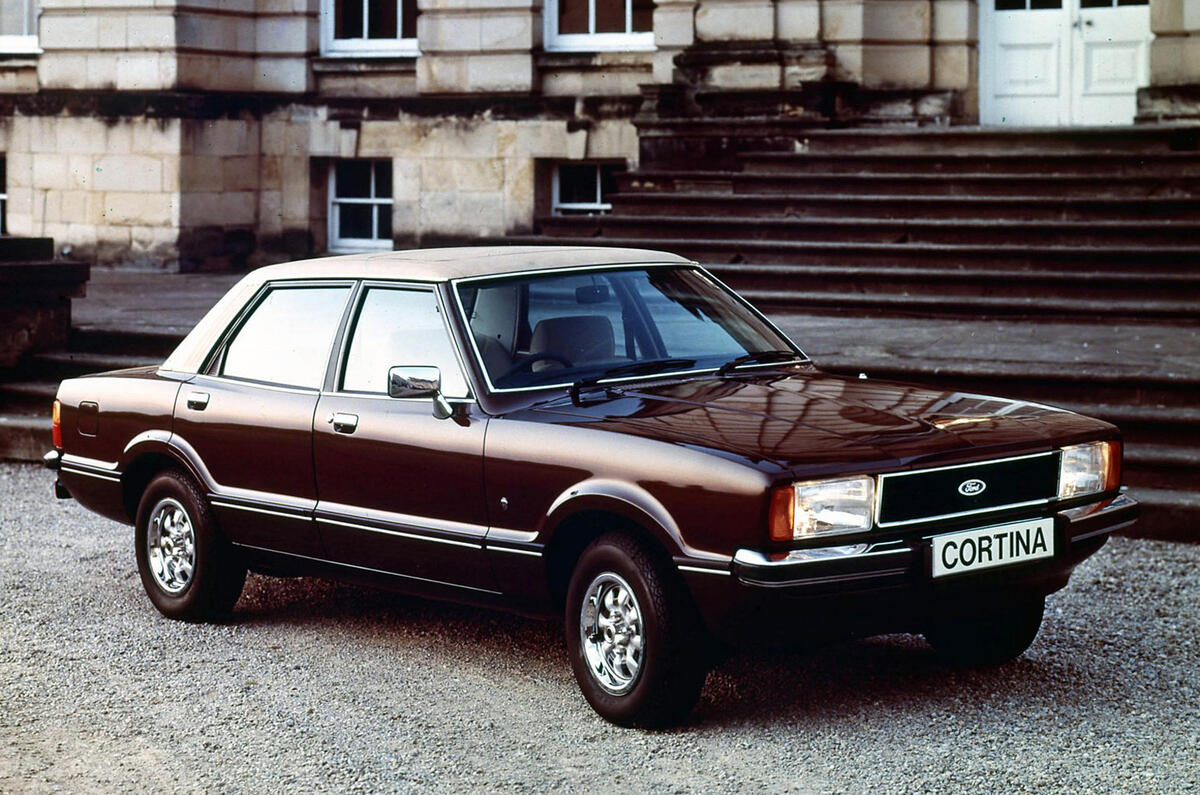
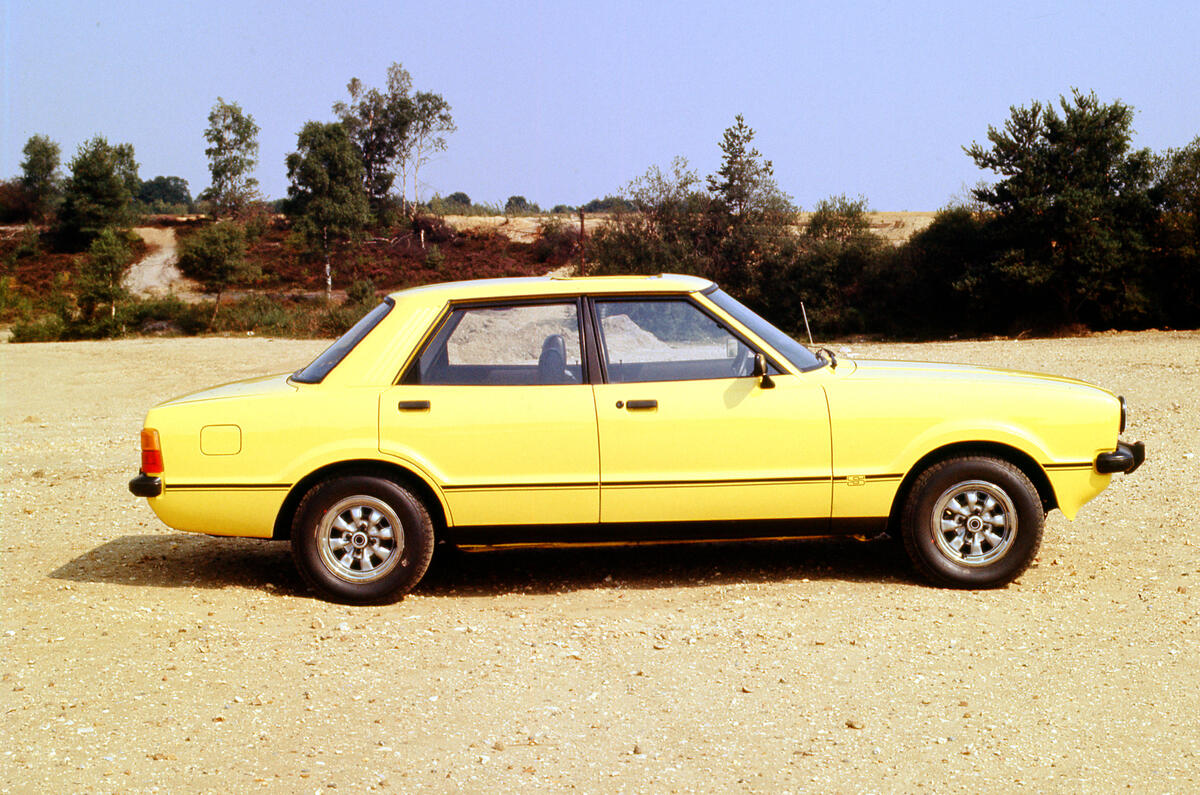
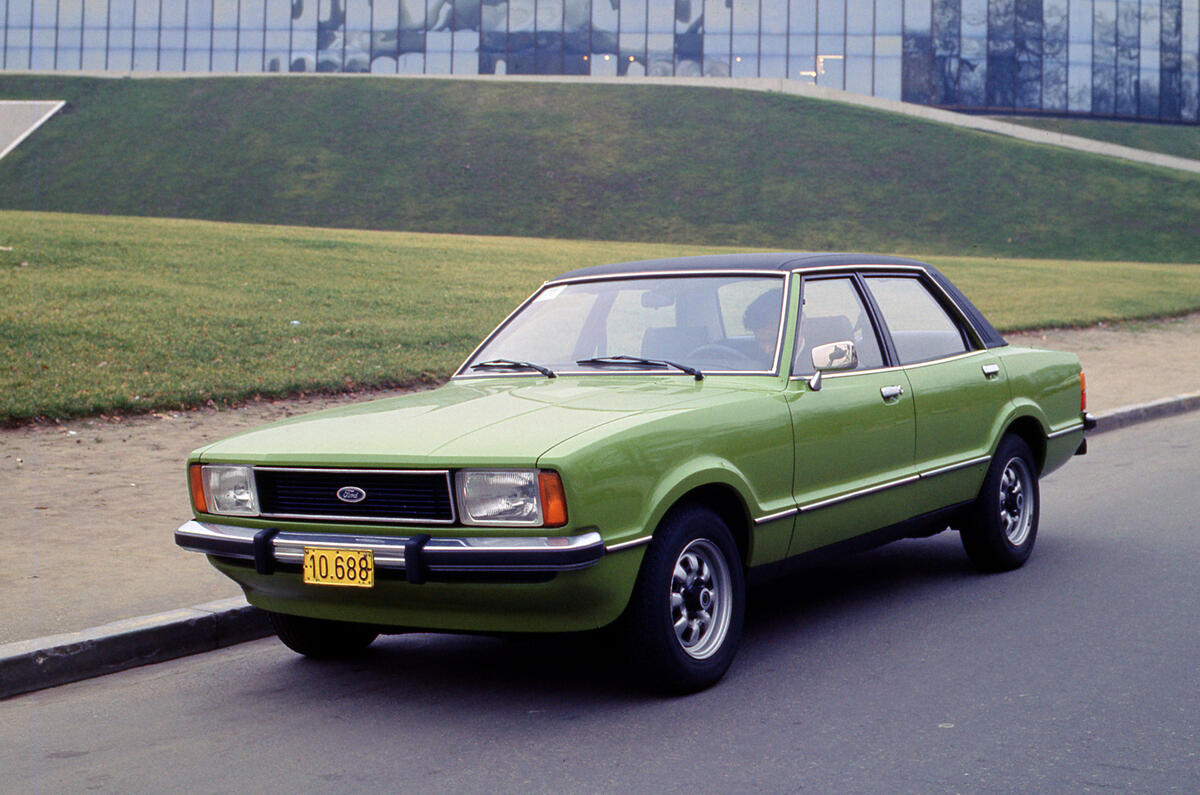
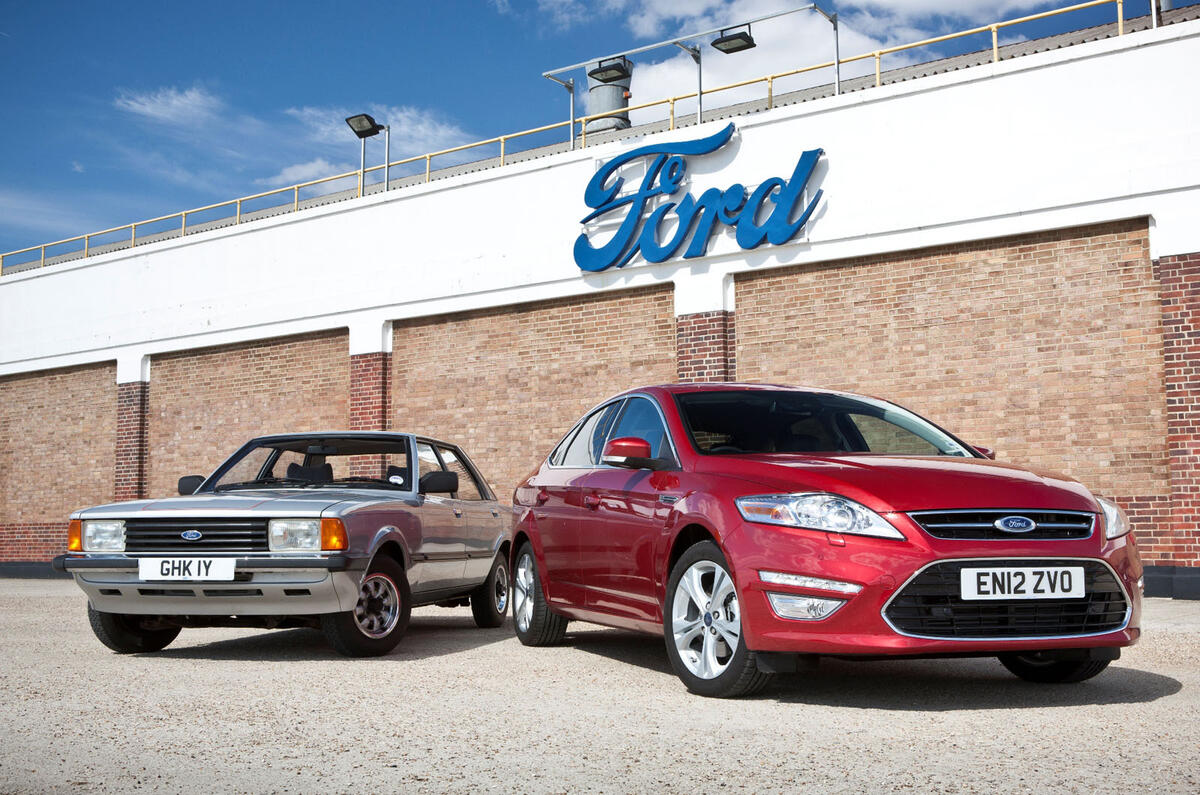
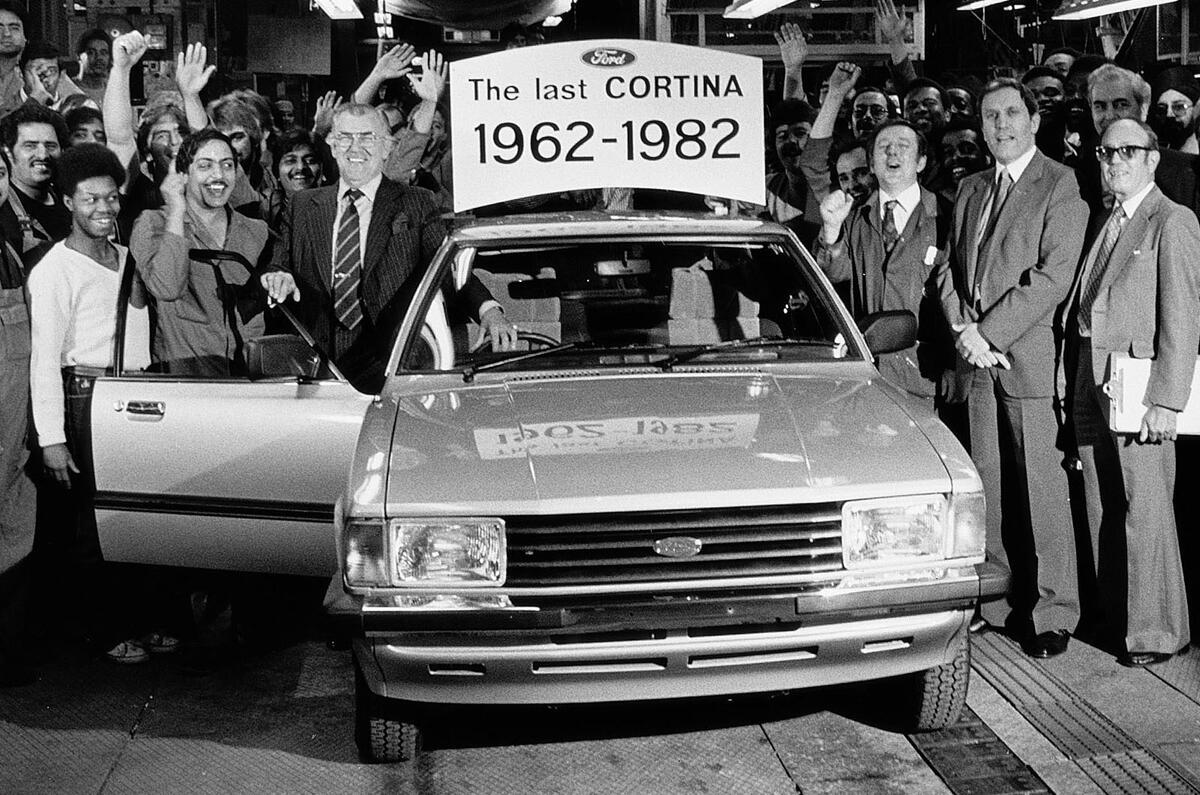

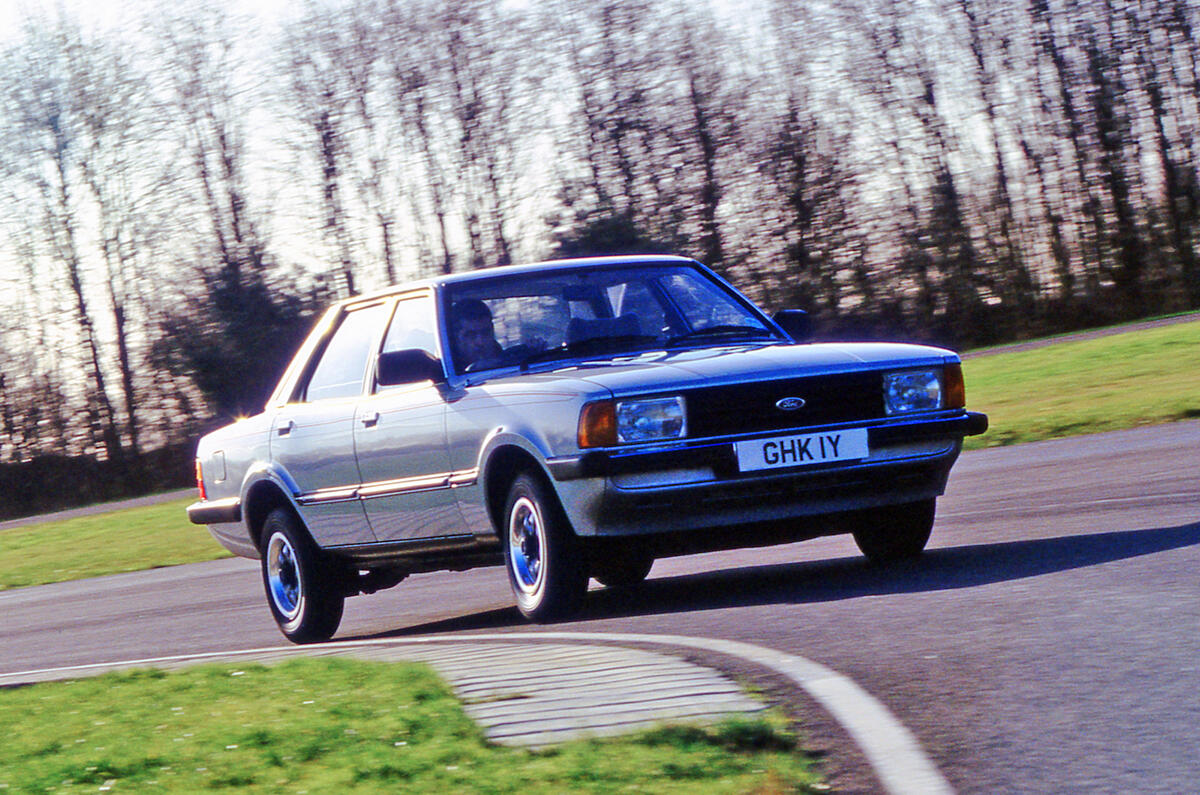






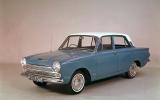



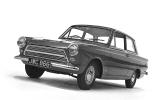
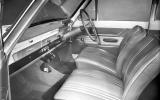
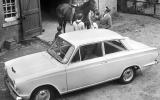
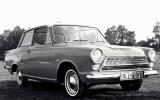

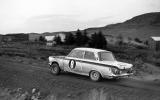



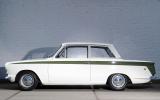
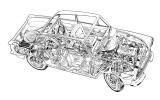






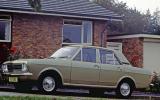
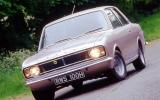
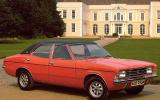
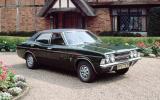
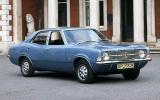
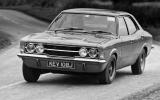



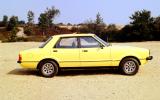
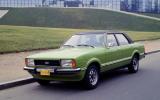


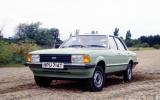



Join the debate
Add your comment
Ford Cortina Lotus 1 Special Equipment saloon
I can recall having a demonstration of a virtually new Ford Cortina Lotus Series One Special Equipment saloon, at Rob Walkers Parkstone of Lilliput garage, near Poole, in late summer 1965.
This particular car was one of the last few produced with all the alloy body panels and close-ratio gearbox ratios, as extras, yet with the later 'aero-flow' body modifications and improved dash layout.
This vehicle was rated at 117bhp and was for sale at £995, from memory, with barely 1.000 recorded miles to it's credit.
I wonder what happened to it. This particular would be worth circa £50,000 today with the original specification, alas I could not afford it back in those days of 1965.
Despite one or two unkind remarks posted about early Cortina's, these fine cars gave you as much 'instant performance' as virtually any other model of car on the market in the mid-1960s, at below £1,000 new. They also had easily tunable and responsive engines, unlike a few other makes I could mention.
Every single Cortina I ever
Every single Cortina I ever travelled in, from childhood to present, has been a bag of rubbish. A 4 year old MK3 was the most uncomfortable. Mk4 and MK 5 both had that awful 'clunk and jerk' when the driver changed gear, much like the Sierras and Granadas. Hateful cars, and really cannot see their popularity, only as novelty cars for people wanting to relive their childhoods.
Caprino
One of the names Ford considered was Caprino - until they discovered it meant goat sh*t! Cortina actually means kettle (but who knew?) The Consul part of the name was soon dropped. And the Lotus name migrated from prefix to suffix when the Mk 2 appeared.
I remember a neighbour - who was a Ford dealer - bringing the new model home. It was the sensation of our cul-de-sac! Compared to the Anglia, Morris Minor or Herald (which also had 1200cc engines by then) this was a big car. But it wasn't seen as a direct Oxford/Minx/Victor competitor - Ford cleverly positioned it between small and medium-sized cars. Only later was the Escort needed to fill the gap left by the Cortina as it grew.